
How To Prepare Exterior Surfaces For Painting
OK so this one is a bit chewy... but proper prep is key when it comes to painting outdoors. The aim of the game is to give yourself the best possible surface for all that lovely paint to stick to. Let's look at what you need to make sure you get that flawless, long lasting finish when you're done. It's well worth it - promise...
Stuff you'll need:
- Sugar Soap (or mild washing up liquid), bucket and sponge. Or a pressure washer (fun) if you’ve got a big project on your hands
- Scraper and exterior filler
- Stiff brush
- Stepladder
- 180 grit sandpaper
- Water-based exterior primer (only if needed)
- Old sheets
- A banging playlist – check out our COAT tunes on Spotify
- Your COAT Exterior Eggshell Paint (maybe Swatches first?)
Setting up your area
Move pots out the way, or move the item that you're painting to solid ground. Cover up the floor around you, old bedsheets will do the trick. Make sure the general area is as clean as possible and pick a warm sunny day. Last thing to do is remove any door furniture, handles, trim, that sort of thing that you don’t want painted (or tape them up).
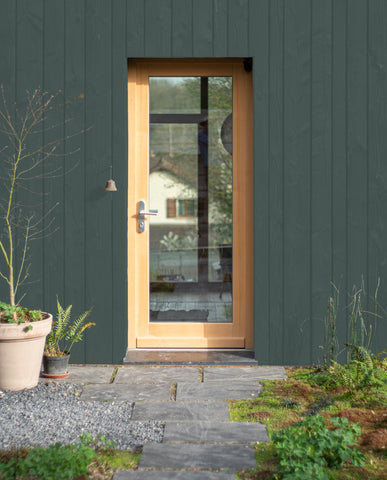
You want your exterior wood clean and flake-free before applying paint
How to prep exterior wood for painting
So now you’ve got yourself a good space, it’s time to prepare the surface you’re going to paint. Whether it’s a wood front door, garden office, shed, fence or furniture if you do the prep you’ll get a superbly rich off-matt finish.
When you’re painting exterior wood that’s brand new it’s fairly straightforward. First thing to check is whether there is already a protective coating on the wood, just pop a few drops of water on the surface and see if they soak in or bead up. If they bead up, you’ll need to give the wood a scrub with mild soapy water and let it dry. Either that or come back to it in 6 months when it’s slightly weathered. This will just ensure that when you do paint, it’ll actually soak into the wood rather than just sitting on top. Once you’re happy and the door is dry, or if it’s untreated, you can apply your first coat of our Exterior Eggshell. Depending on how porous the wood is, the first coat may act as a sealer/primer coat if the wood drinks it in. Also be aware of woods that have a lot of oil content or are particularly resinous, these can bleed through so may require a stain block treatment.
If you’re painting exterior wood that’s already painted then the first thing you need to do is give it a good wash down or blast with the pressure washer, then see if you need to remove any old flaking or cracking paint. You might want to give it a light sand down too. If there are any divots or holes then you can use a water-based wood filler to fill these ready for your top coat. of paint.
If you’re painting or door with glazing or window frames then now’s the time to get your decorating tape out to mask along the edges.

Pre-painted wood won't need a primer, just a little sand if it's glossy before the exterior paint
Do I need to prime exterior wood?
Usually not, providing you follow the prep guidance. You may just need that extra coat on new wood to seal it if it’s particularly porous, or a stain block if the brand new wood is particularly knotty.

Painted railings just need a clean and sand, before the exterior paint
How to prep exterior metal for painting
Whether it’s a garage door, decorative railings or garden furniture, COAT Exterior Eggshell is an ideal paint for exterior metal if you nail the prep.
When you’re painting brand new metal, make sure you clean and degrease the surface first, get the pressure washer out or just some soapy water. Once dry, you’ll need to apply a primer to the surface to maximise adhesion, smooth flat metal is a tricky thing to stick to. If in doubt just drop us a line.
When you’re painting previously coated metal, again make sure you’ve cleaned and degreased the surface. You’ll need to sand down the old coating, remove any paint flaking or rusting that has occurred (otherwise this will just push through your new paintwork). Then you're good to go.

You'll want to remove rust before painting too, especially if you want a baby pink garage door like this
Do I need to prime exterior metal?
For new metal, yes you will, just follow our prep advice and if you need any help you can ping us a message. As there are so many types of metals, they react in different ways and it’s important to get the right primer to suit.

Masonry paint is good for brick, render, concrete and planters
How to prep exterior masonry and brickwork for painting
It’s amazing what a coat of paint can do for exterior masonry and brickwork. Garage walls, brick planters, masonry window sills or of course the house itself. There are a few things to look out for to get the best exterior masonry finish with COAT Exterior Eggshell.

Get this look with David Rose and Granny Chic Exterior Eggshell
Basically you need to ensure you have a sound surface. Whether it’s new or old masonry and brickwork, first check for any powdery residue or flaking patches, you can do this when giving the surface a good clean (jet wash) and brush down. There’s no point in painting over flaky brickwork as it will just deteriorate so either brush out and fill with an exterior filler if it’s a small area, or use a stabilising solution if you have large chalky patches. If there is an old flaking coating on the wall already then scrape this back to ensure you have a sound platform to paint on.
Once done, or if your brickwork is already in top nick, then make sure it’s really dry and you’re good to go. Bear in mind that some types of brick can be more porous and will therefore use more paint.

We like our masonry a little rough, still looks amazing right in Home Grown right?
Do I need to prime exterior masonry and brickwork?
No you don’t need to prime exterior masonry or brickwork unless you have a powdery unstable surface, in which case you need a stabilising solution which will bind it all together and prepare the surface for a new coat of paint.

Neutral, or colourful. COAT masonry paint in all THE colours
How to prep exterior composite or UPVC
Fancy an update on an exterior composite door, or perhaps your UPVC windows and trim are looking a little yellow and faded? No worries, our COAT Exterior Eggshell will do the business providing you prep and prime the surface first.
As composite materials and UPVC are notoriously smooth and glossy, they’re naturally the most challenging surface for paint to stick to. To get a lasting finish, these super smooth surfaces require a sand down to key and rough up the surface. Give the area a good wash, clean and dry first, then sand the whole surface to ensure there is a light rough finish. Give it wipe down and dry, then you’re ready to prime the area using an appropriate exterior primer which will adhere to the slightly raised surface. Finally, ensure the primer has fully dried and then you’re ready to apply your COAT Exterior Eggshell to complete the transformation.
Do I need to prime exterior composite or UPVC?
Yup, these materials are super smooth and usually glossy so you’ll need to sand and prime with an appropriate exterior primer that accepts water-based top coats to ensure you get a really good adhesion. Let us know if you have any questions and we’ll be happy to help.
Publish Date
Author
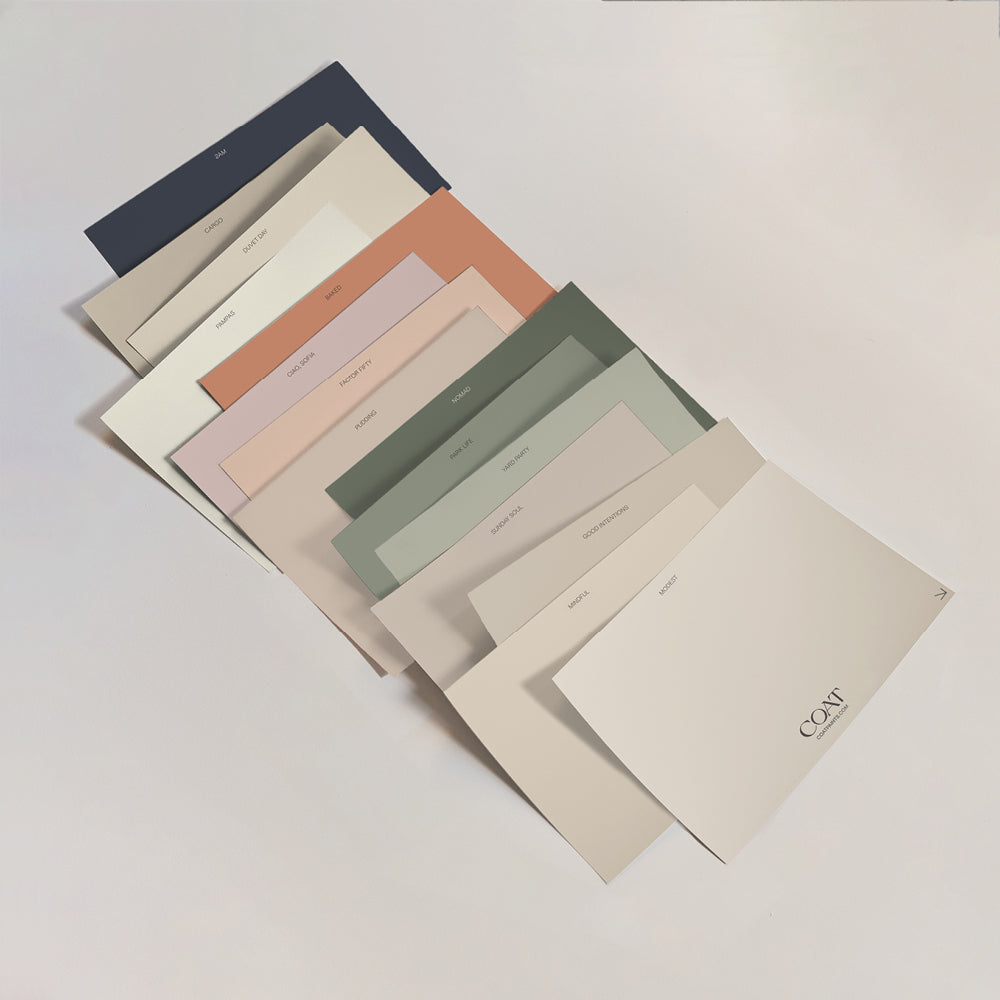


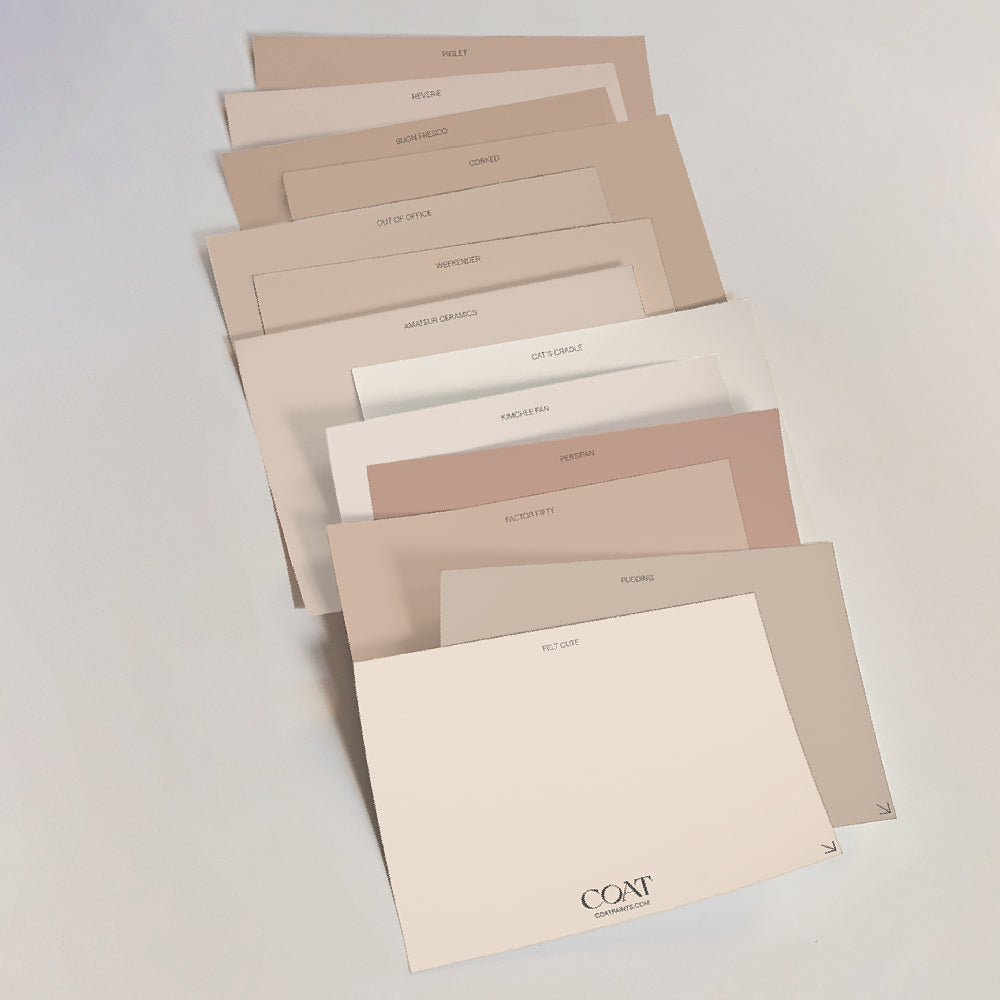
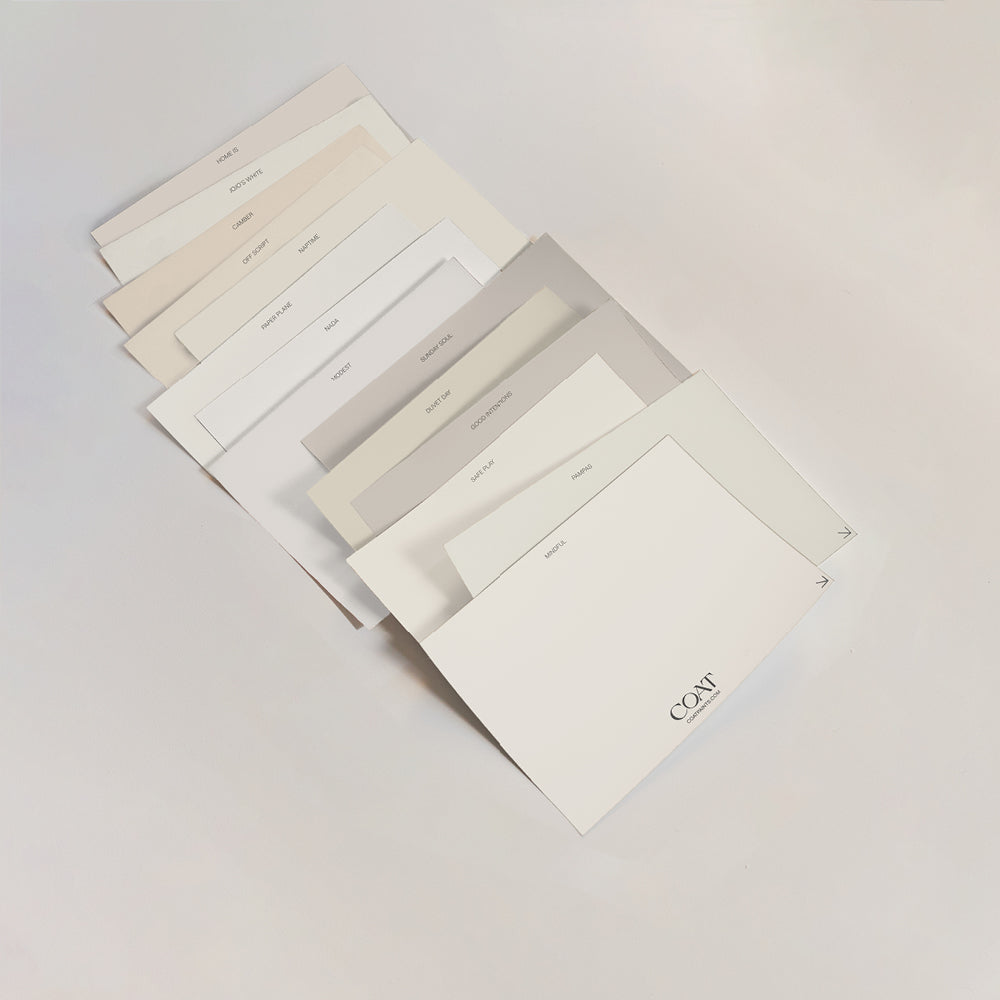




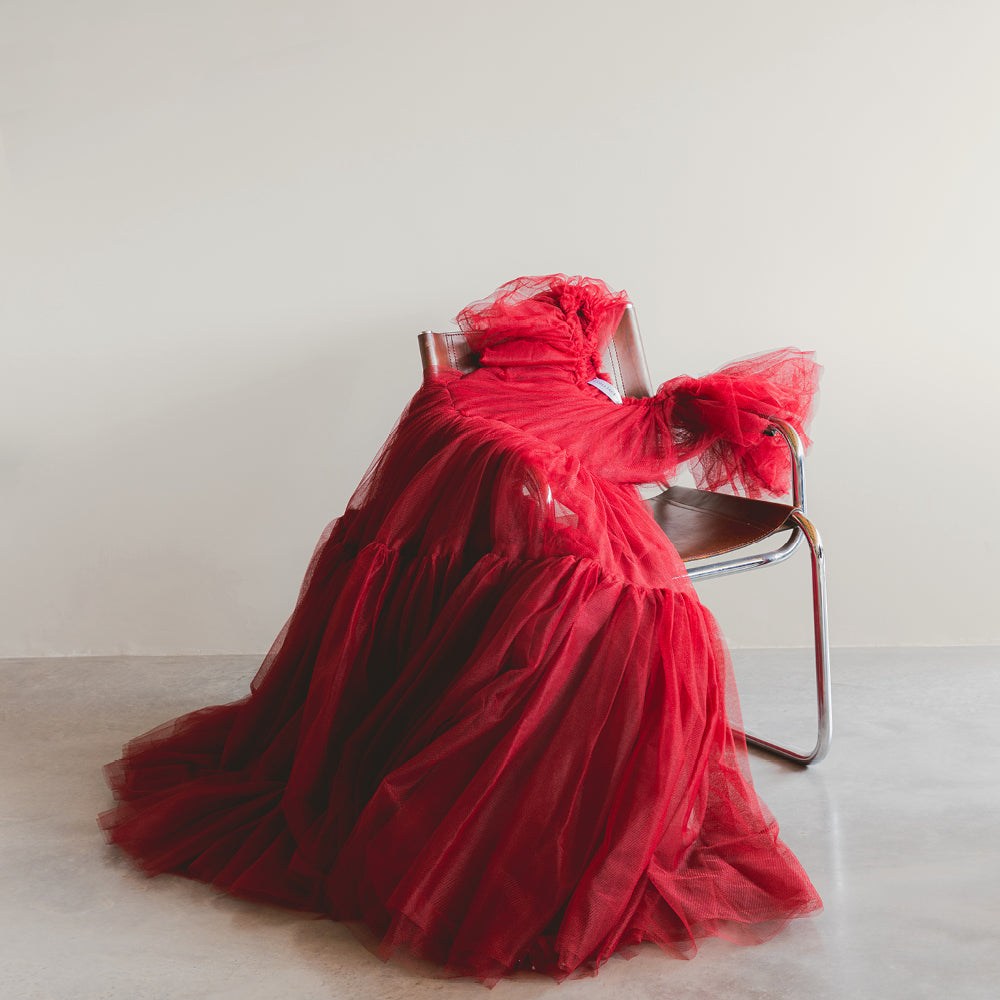
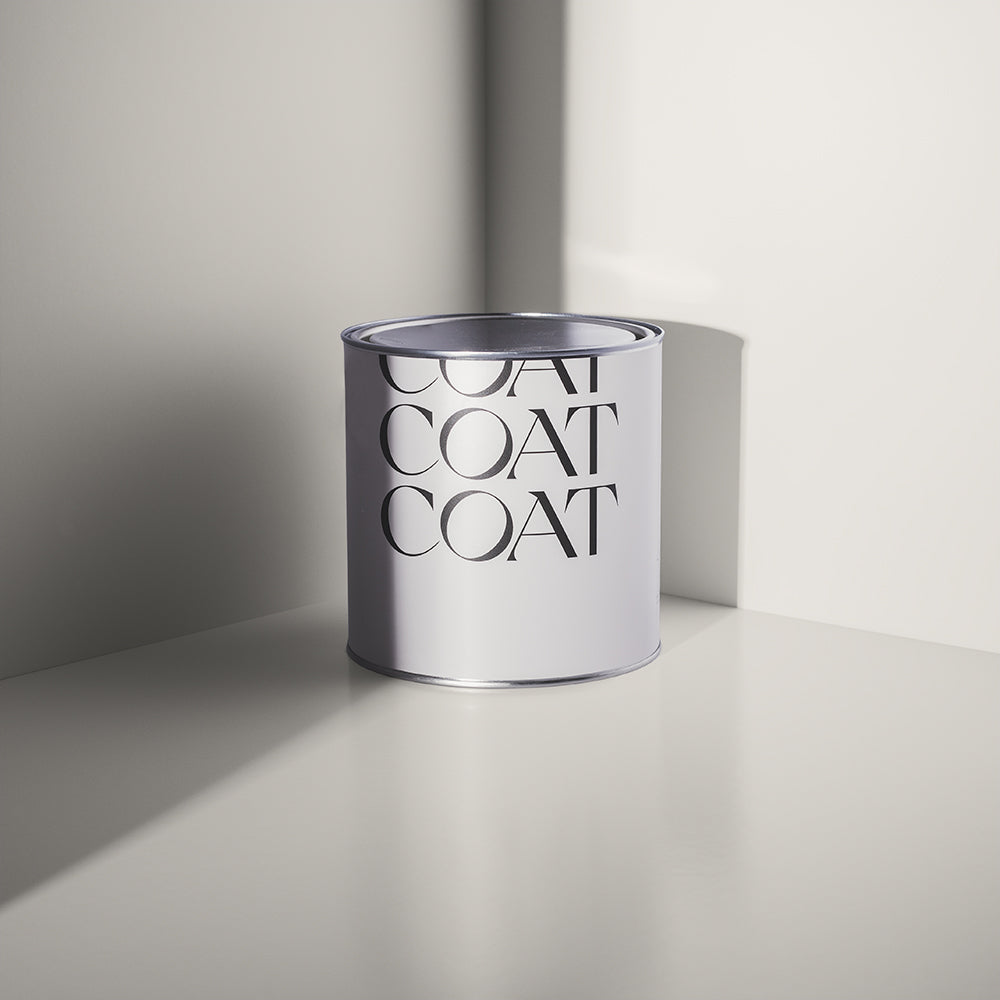
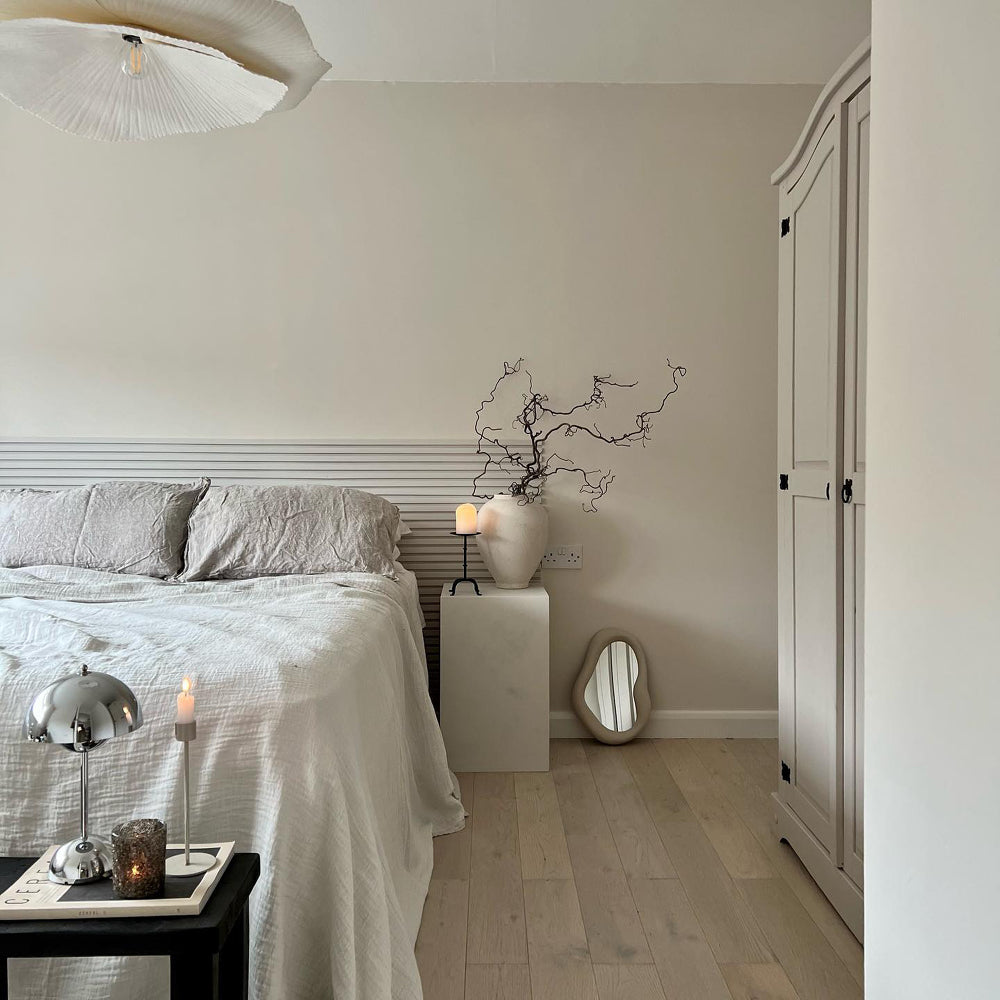

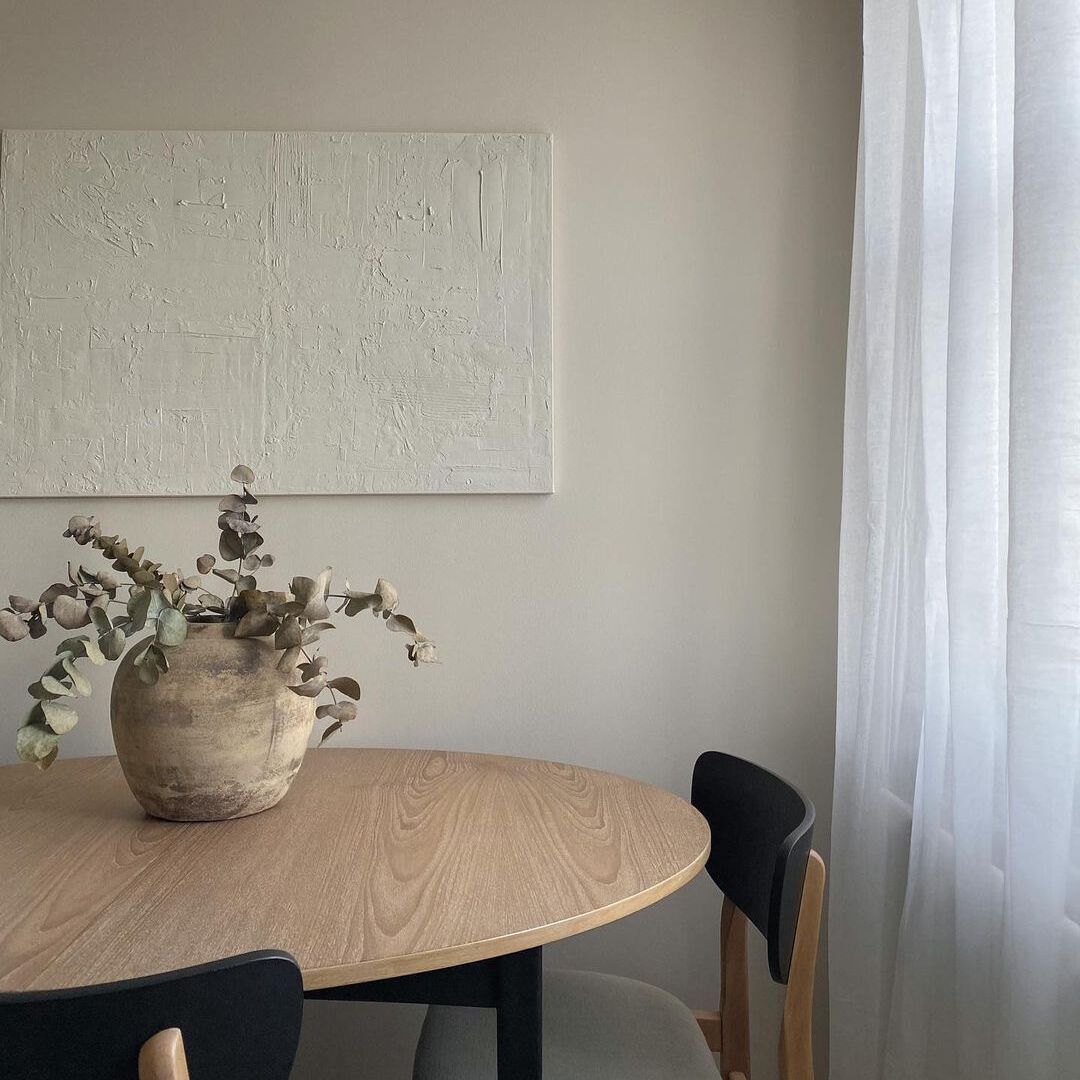
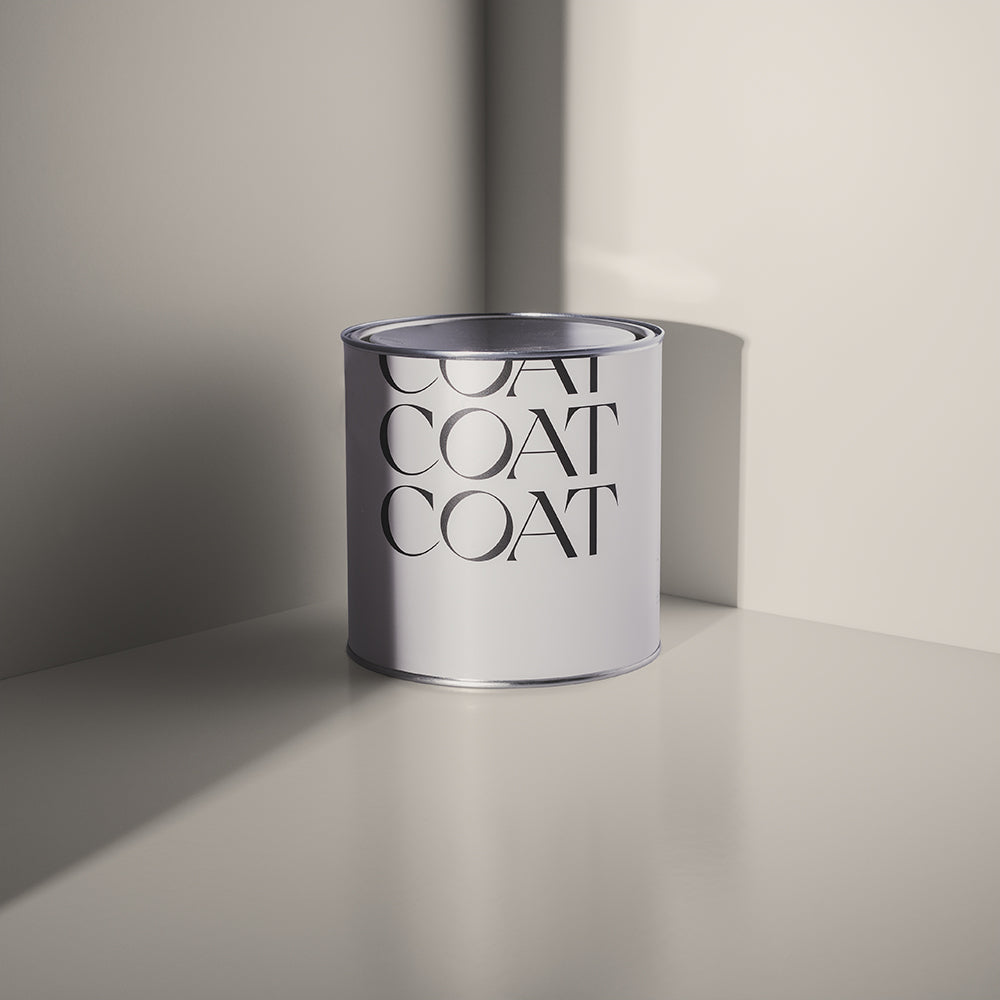

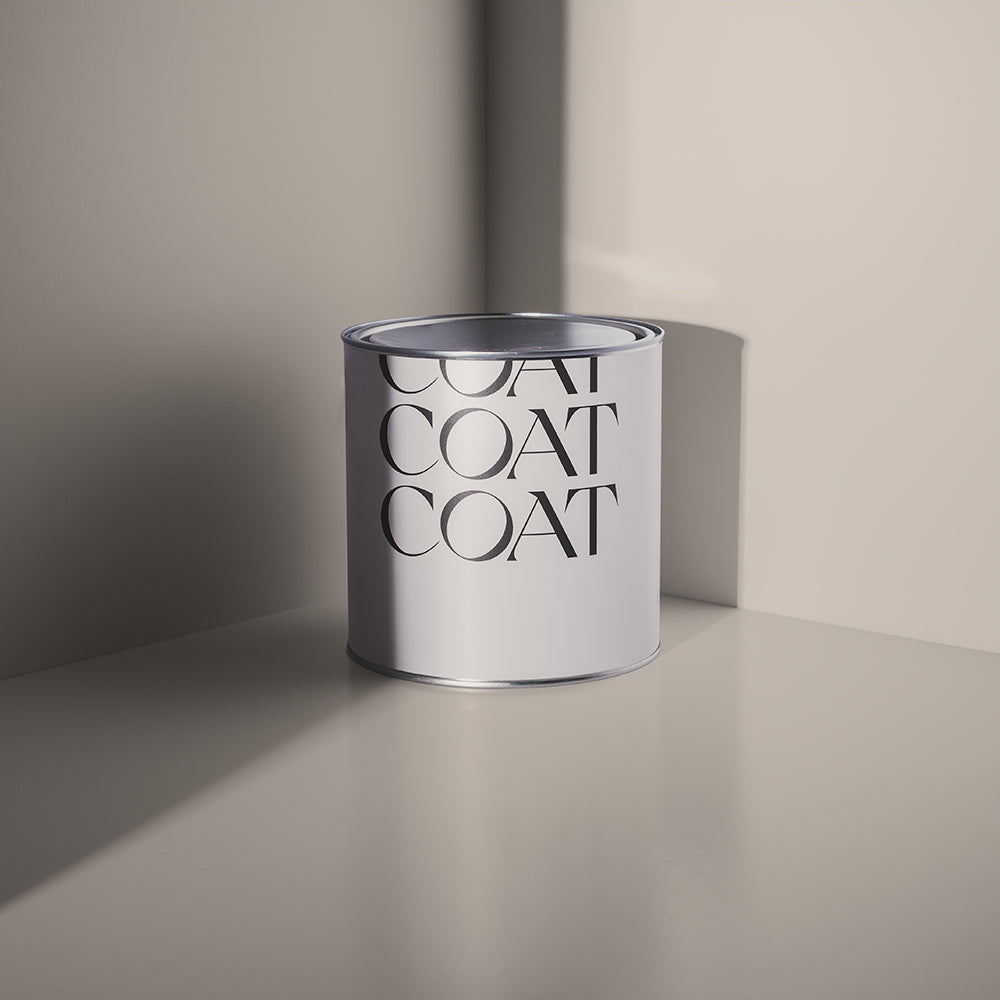
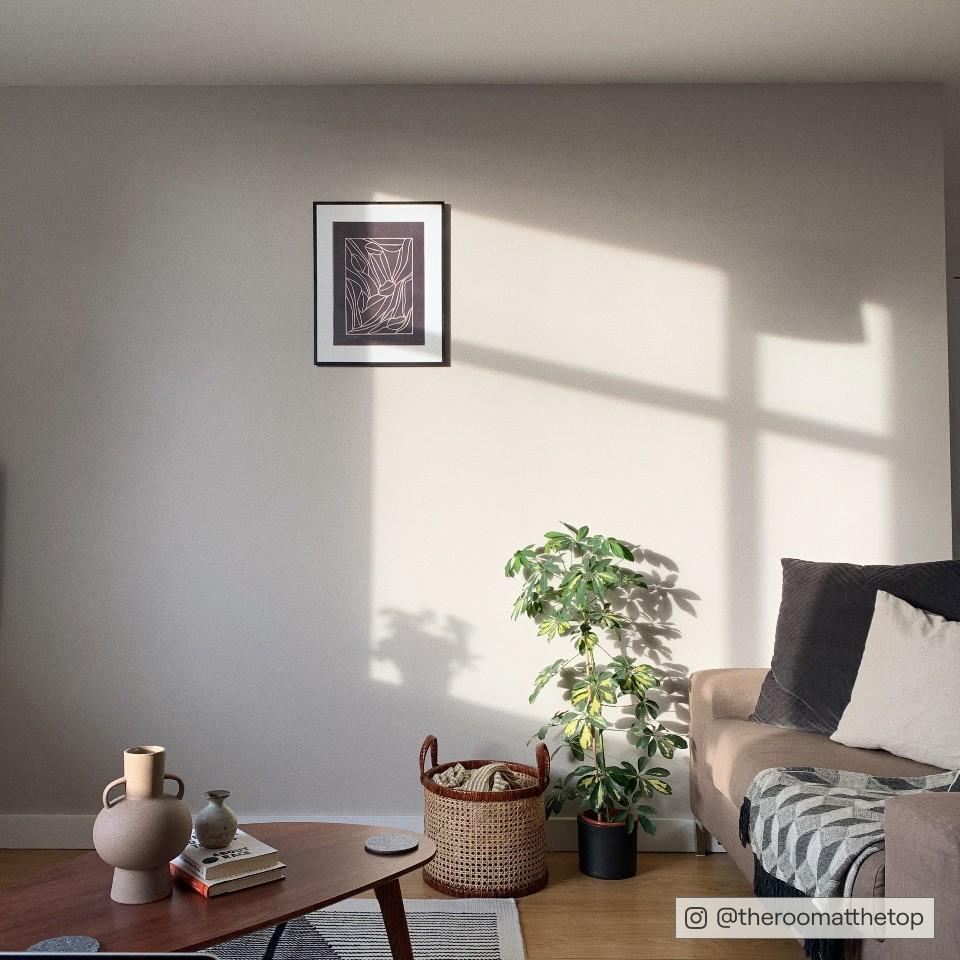


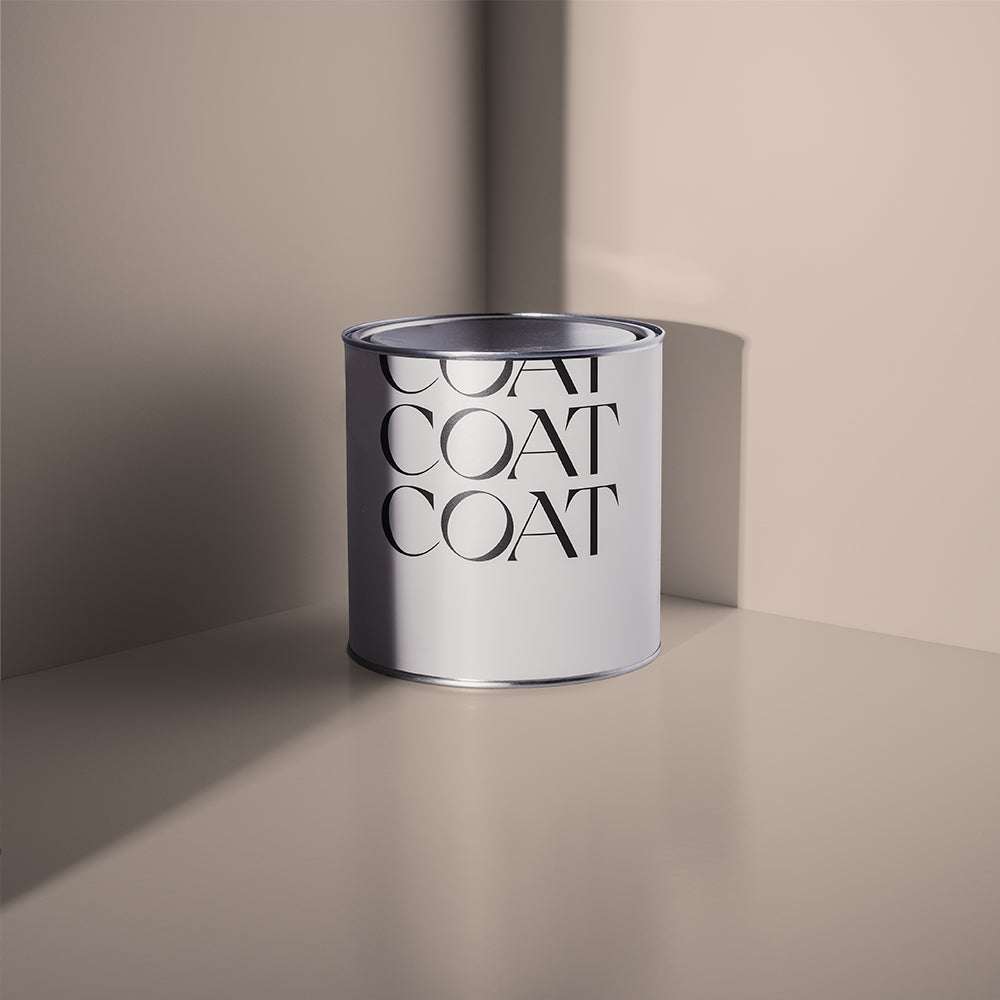
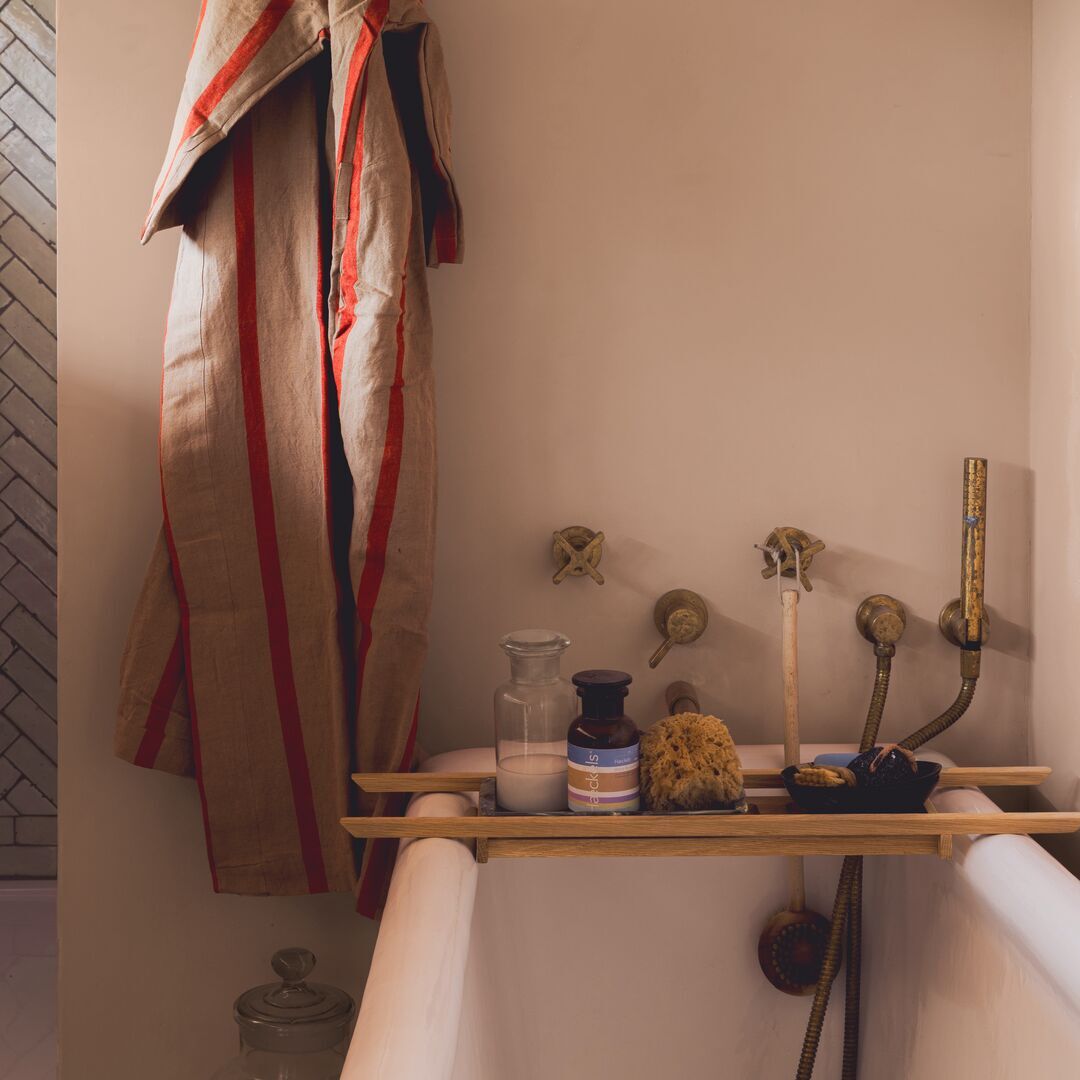


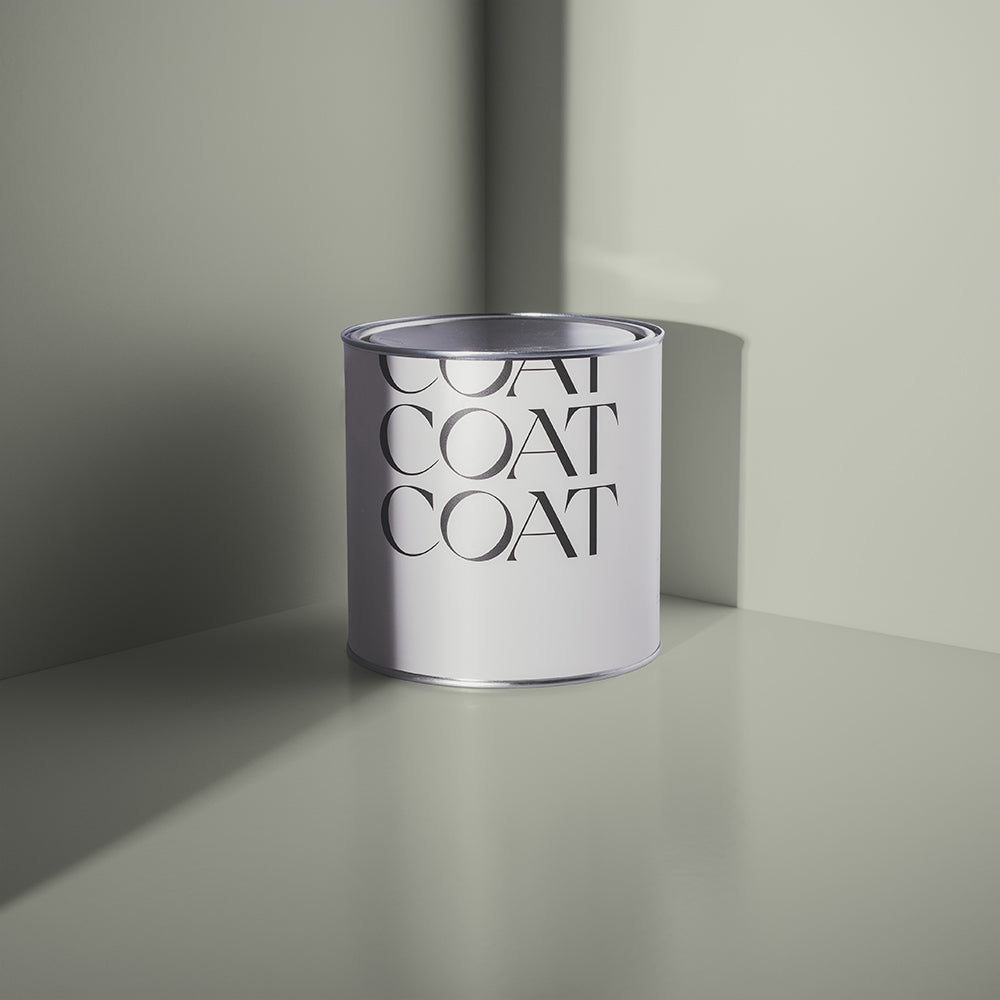


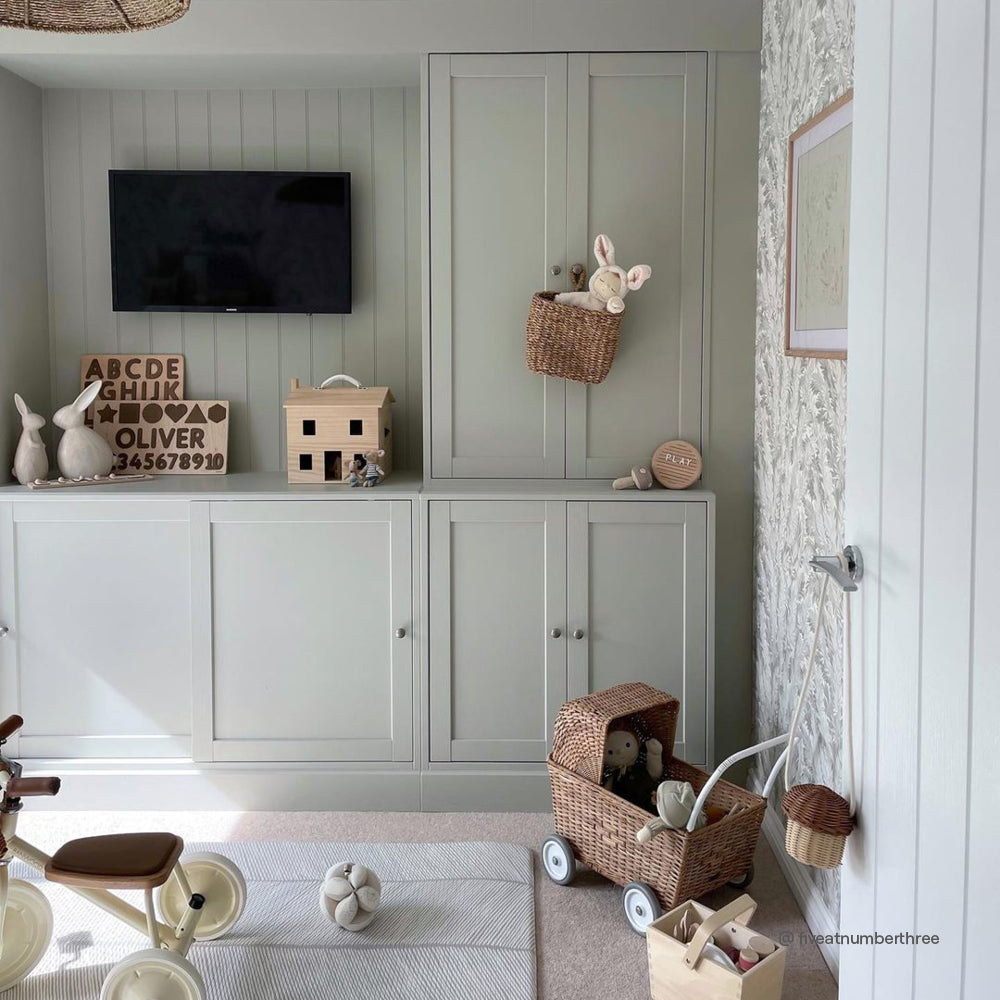



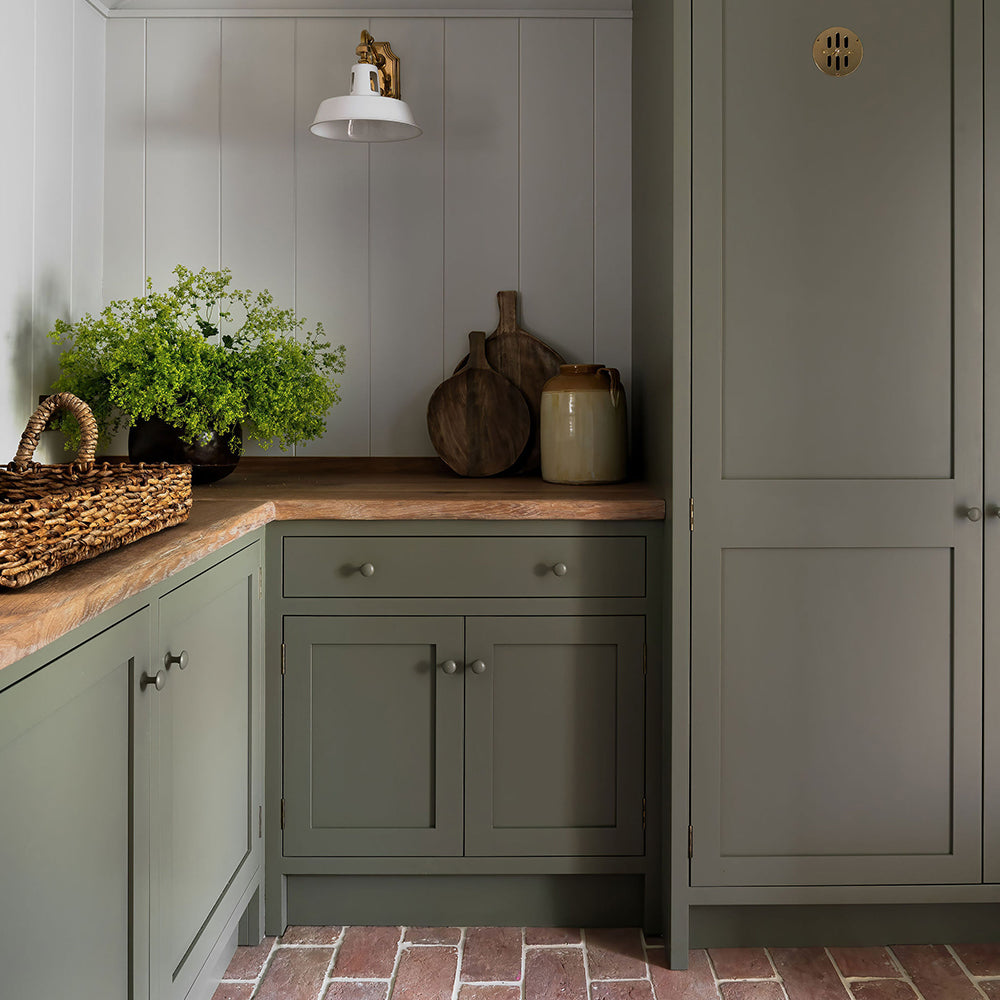
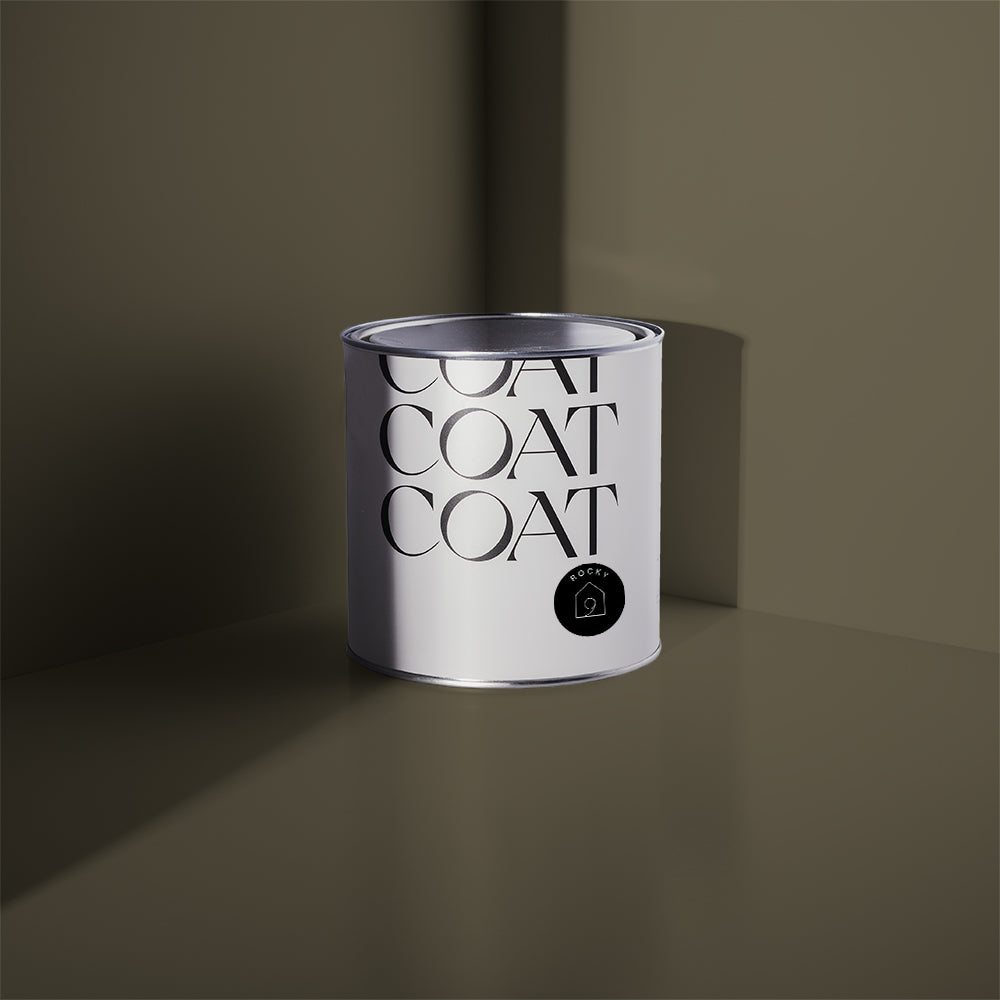
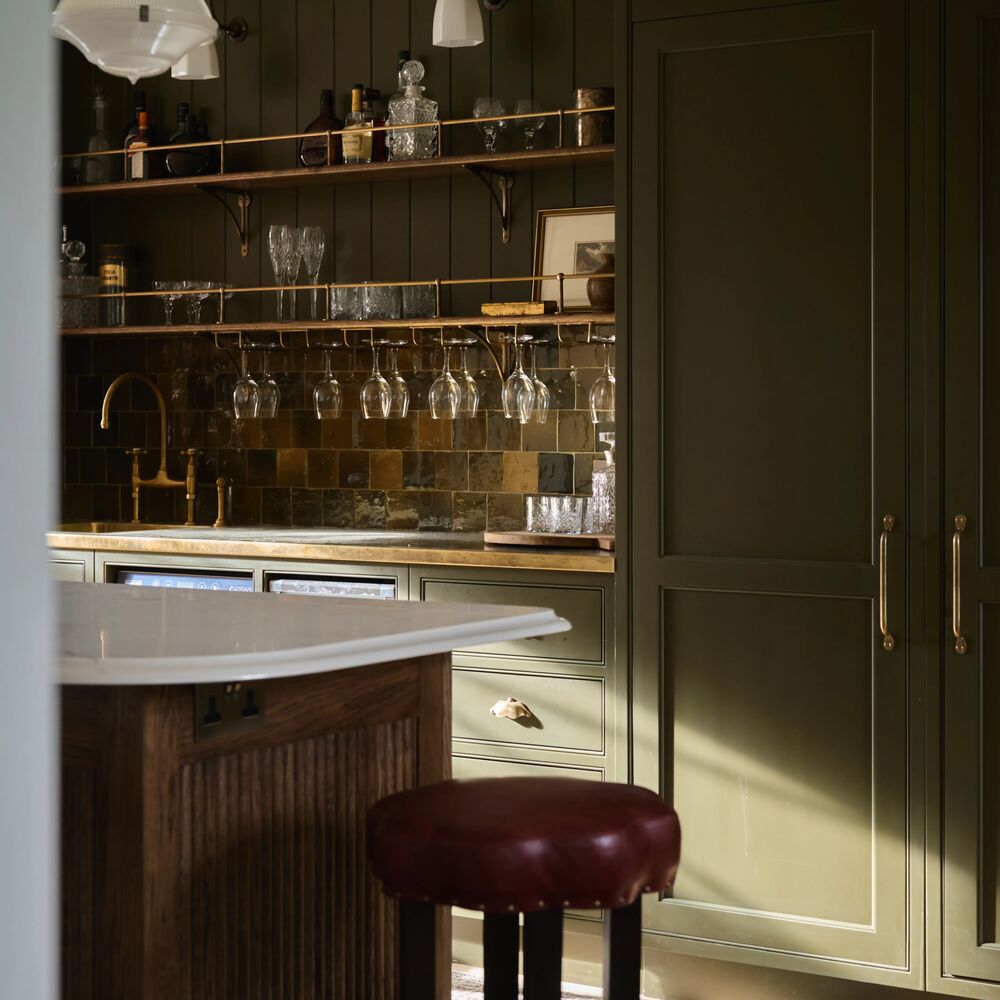
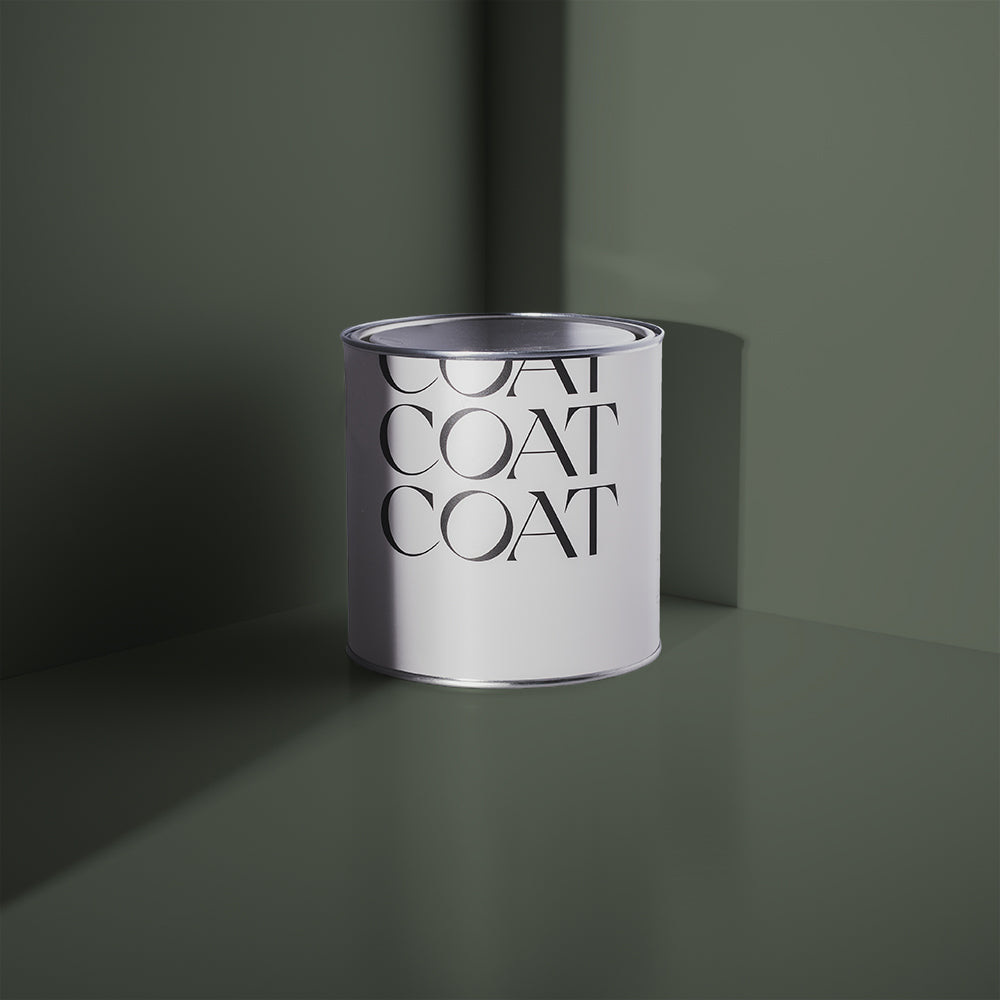
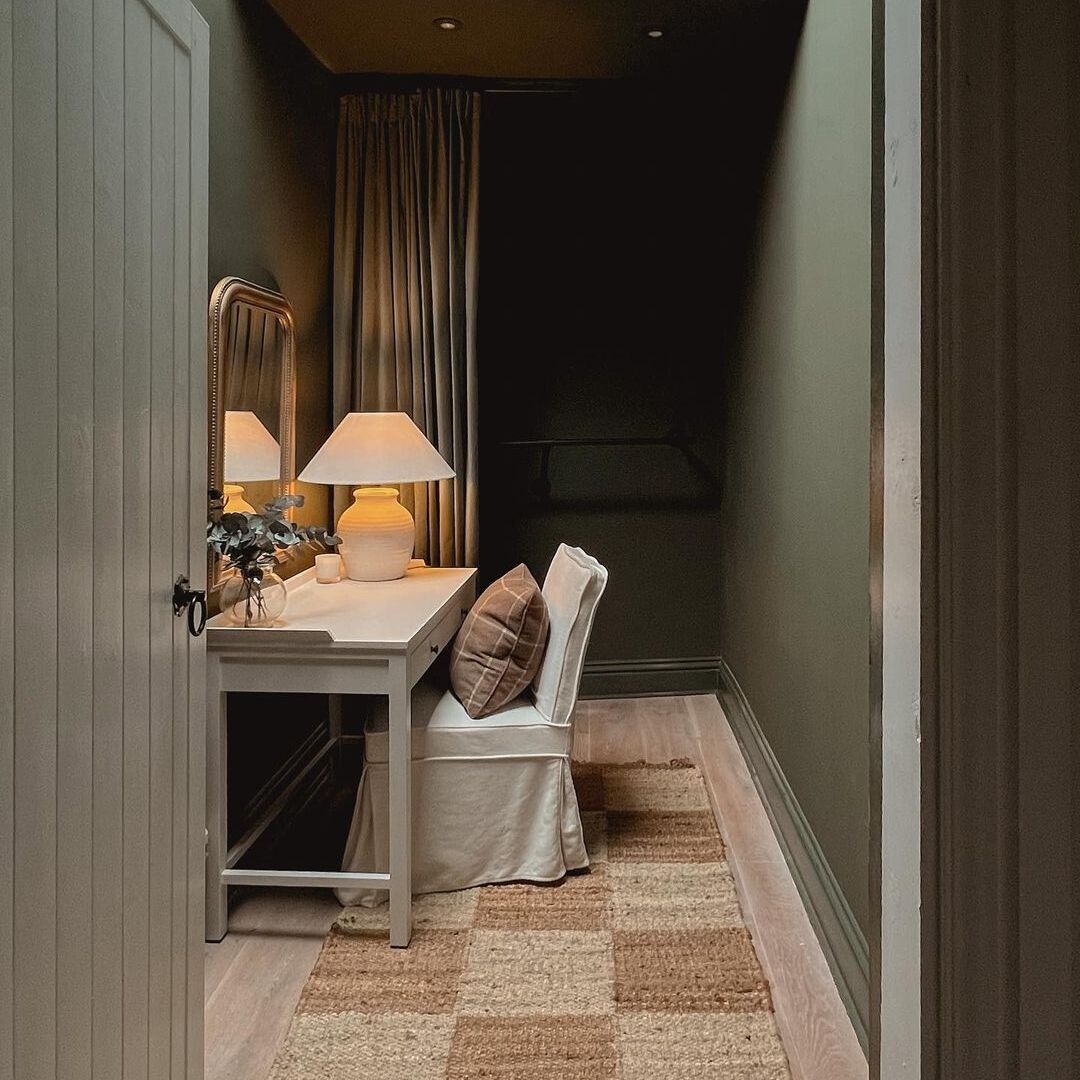
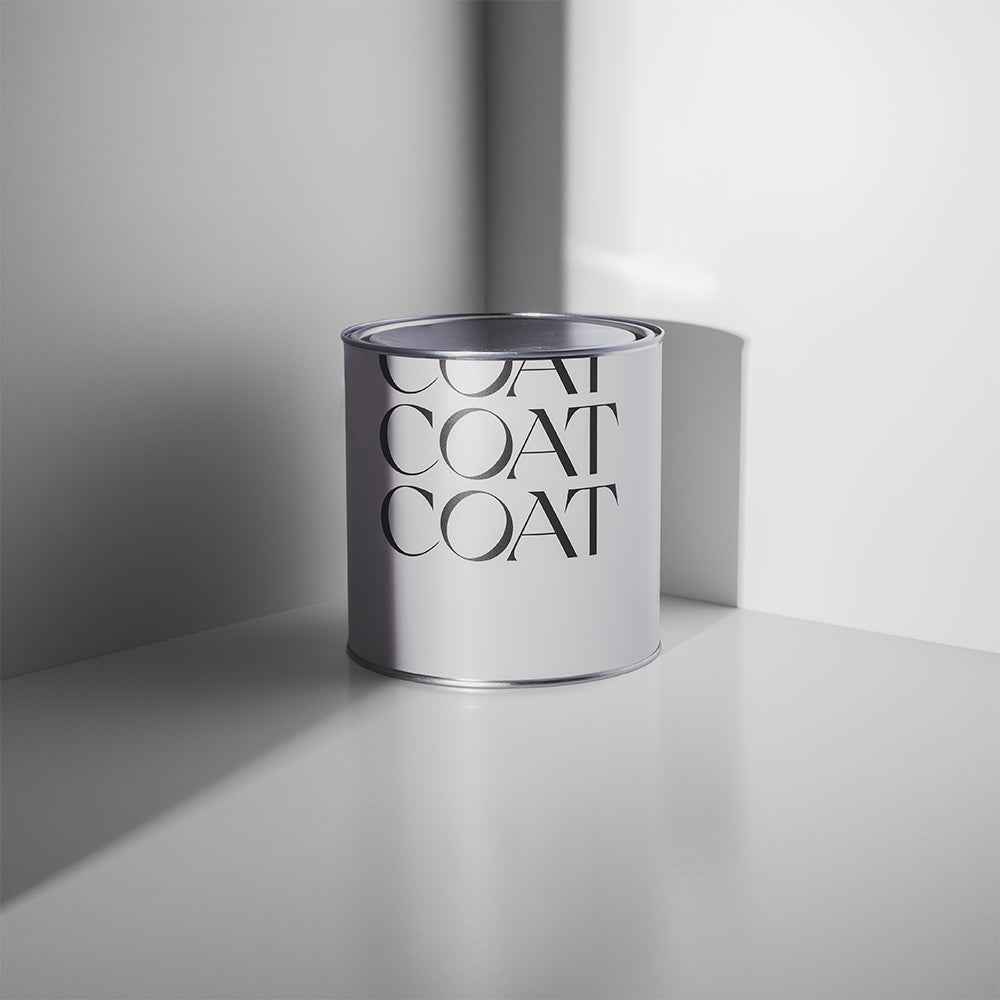

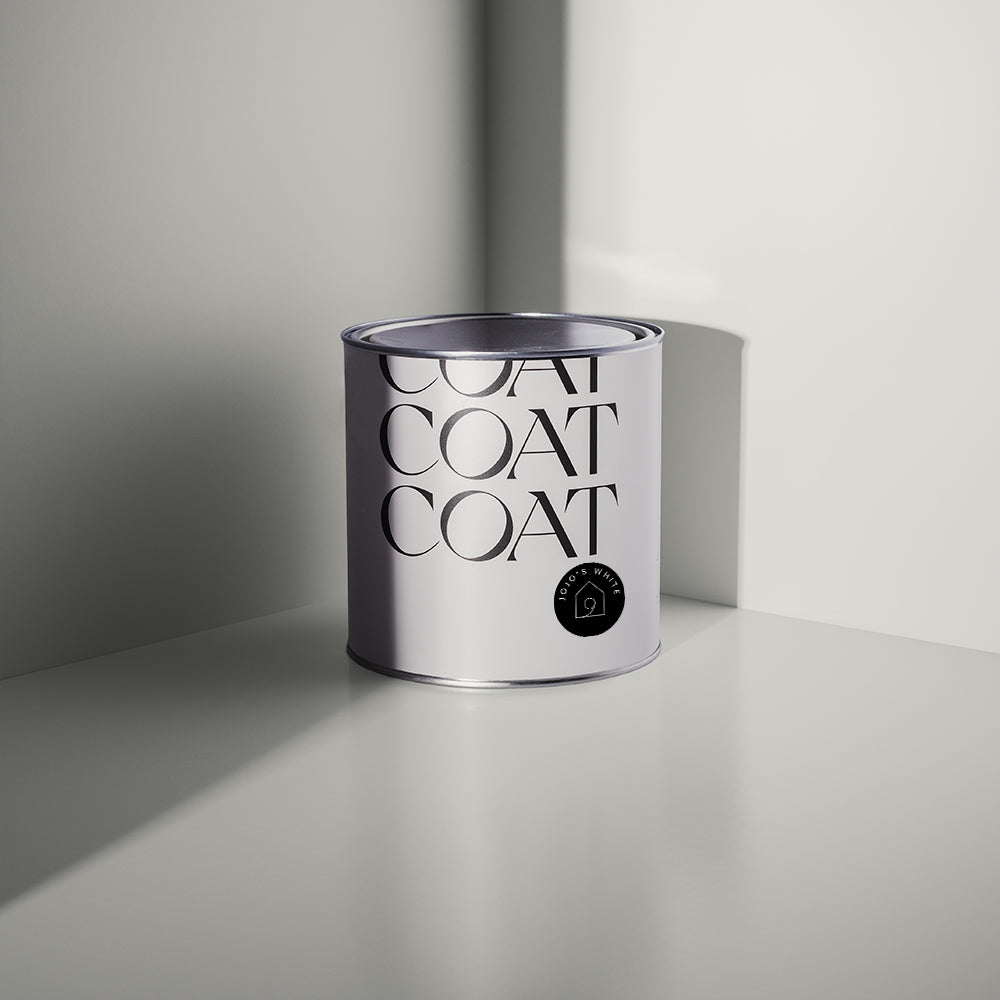
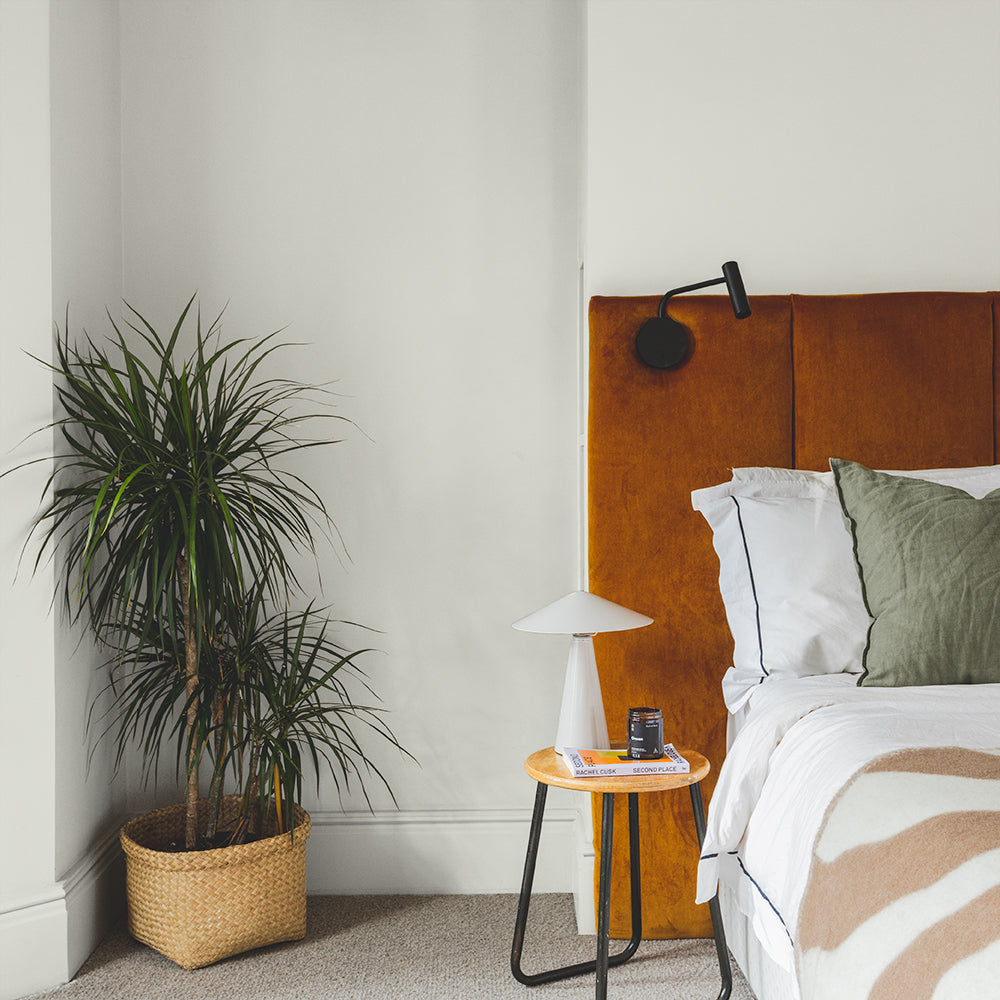



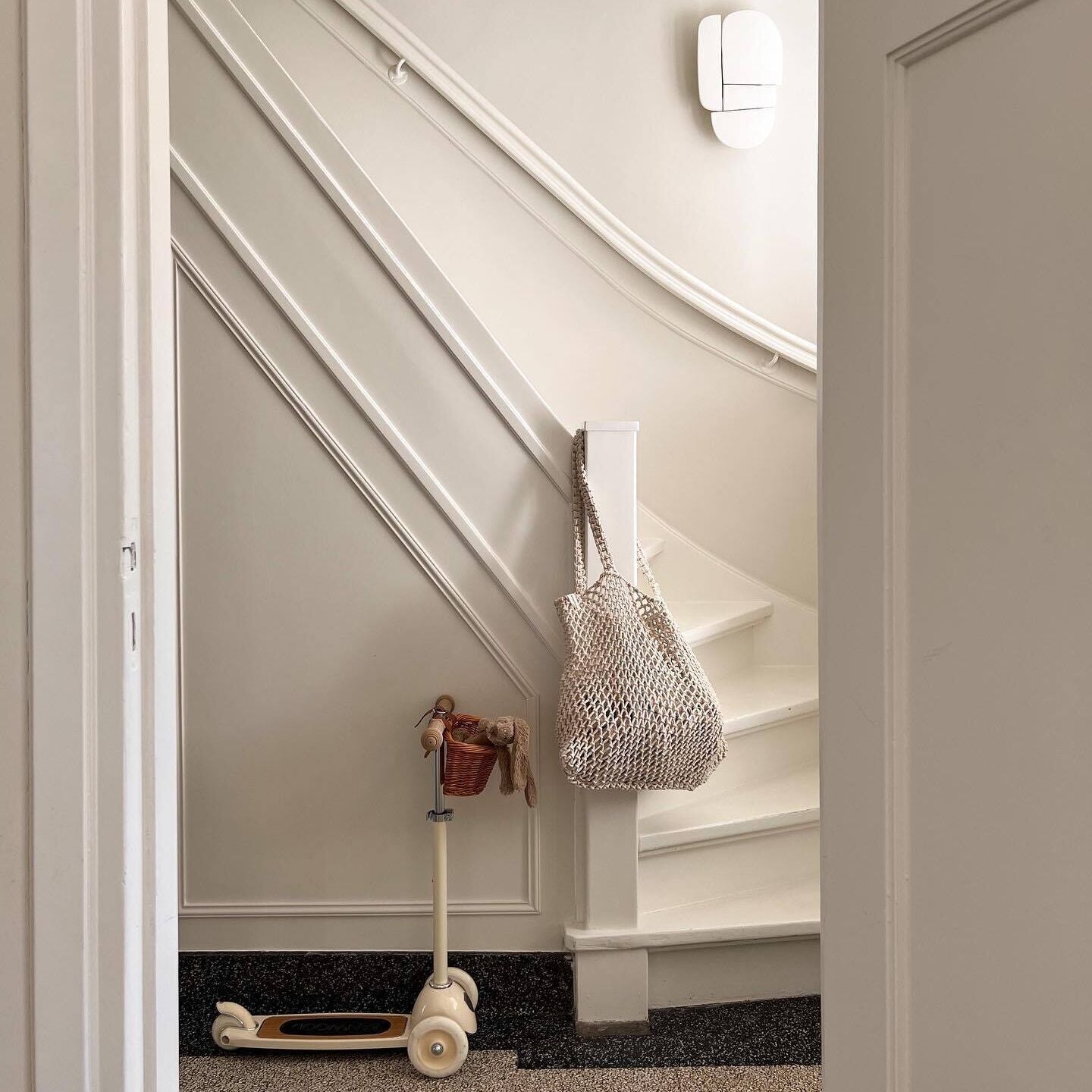


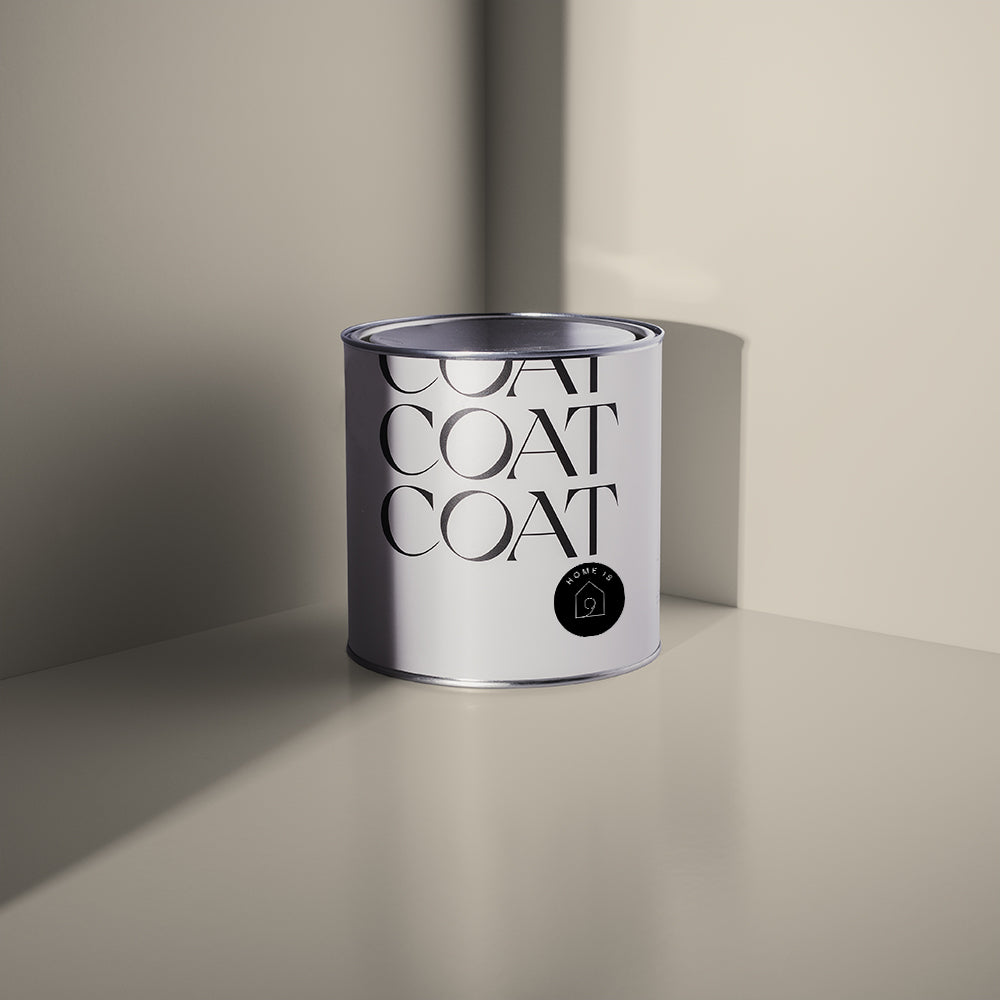
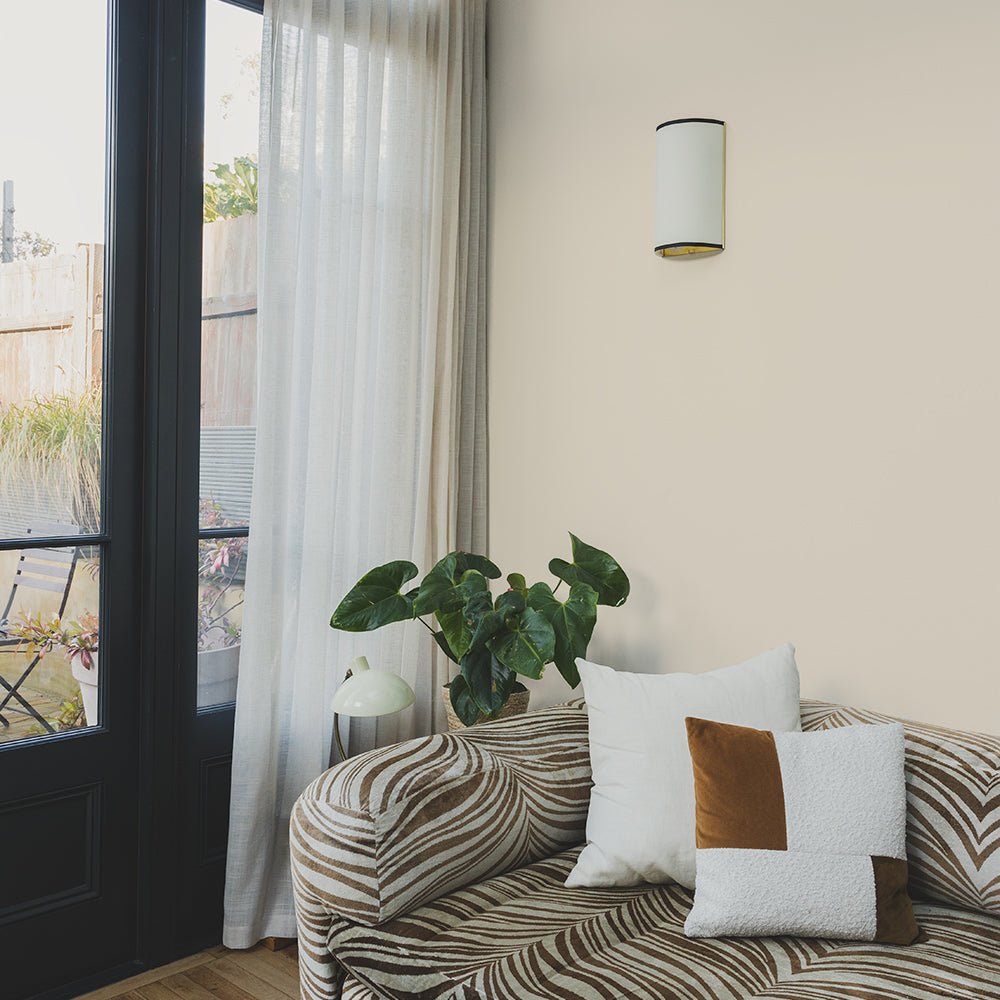


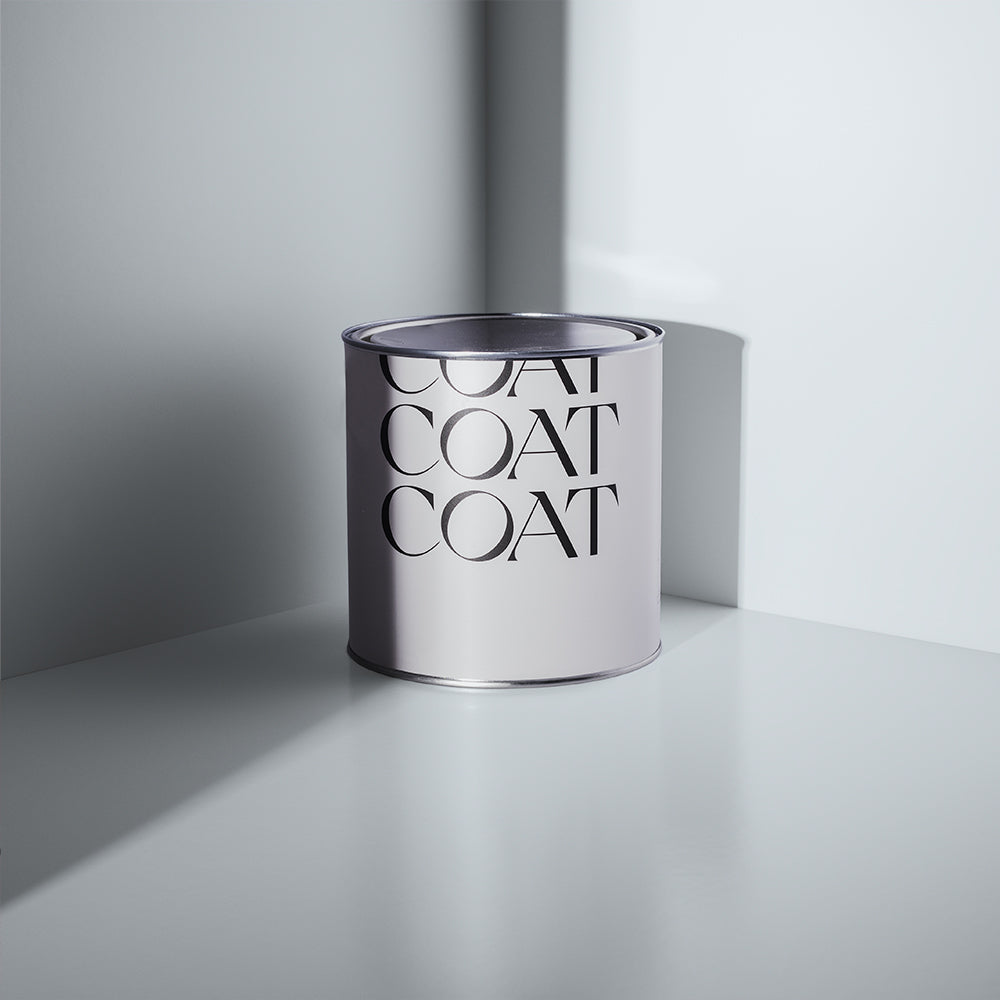
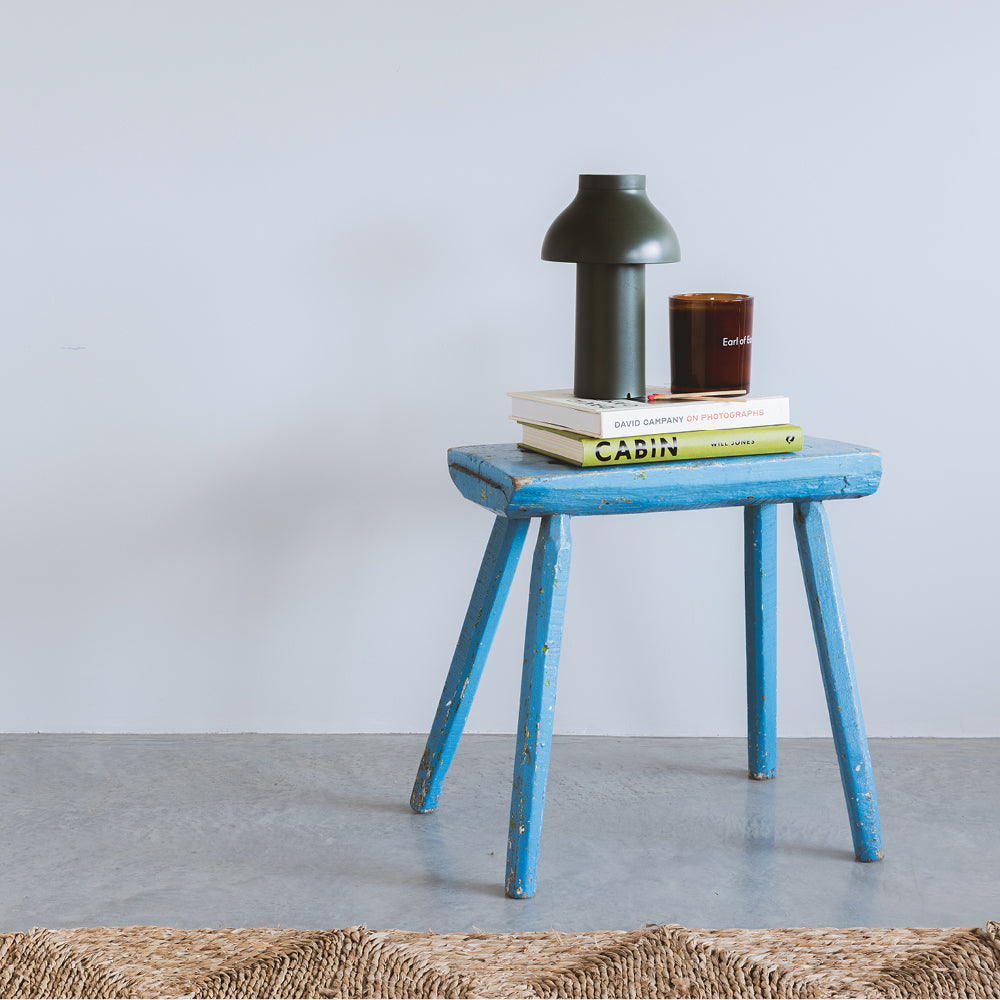

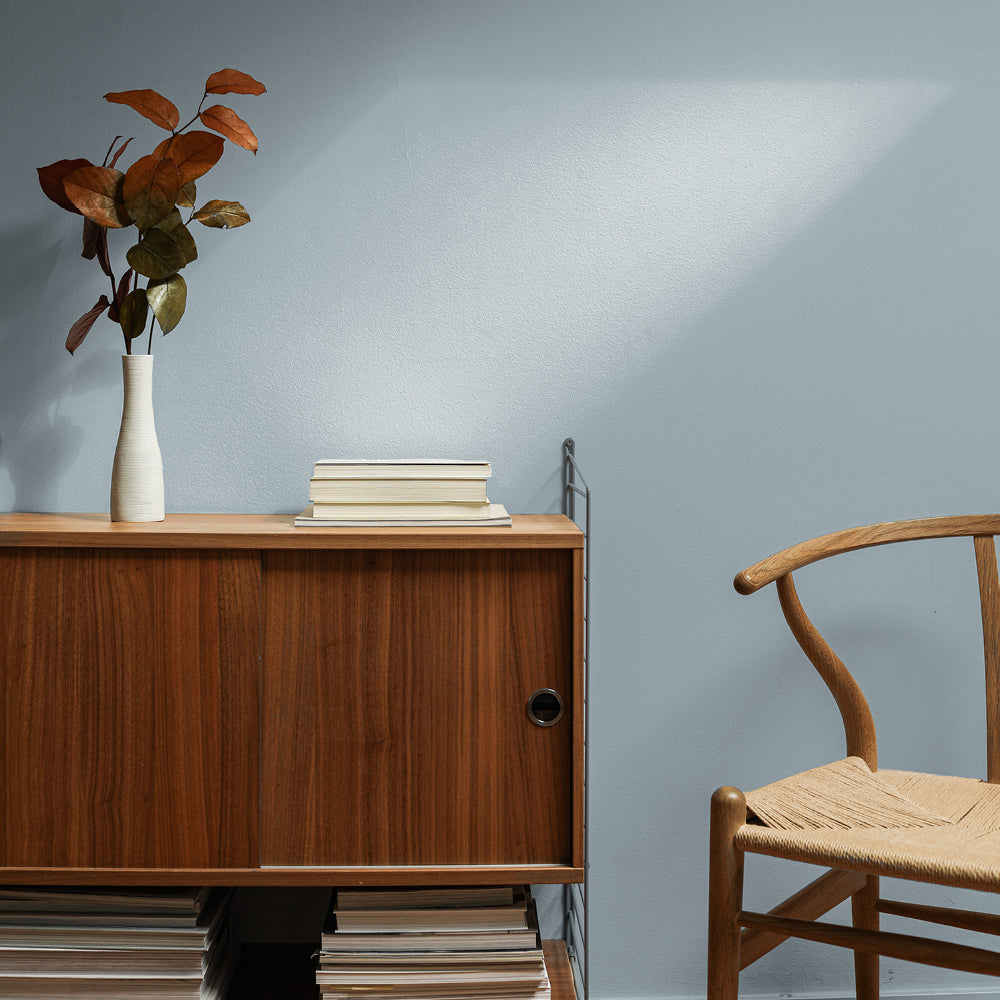

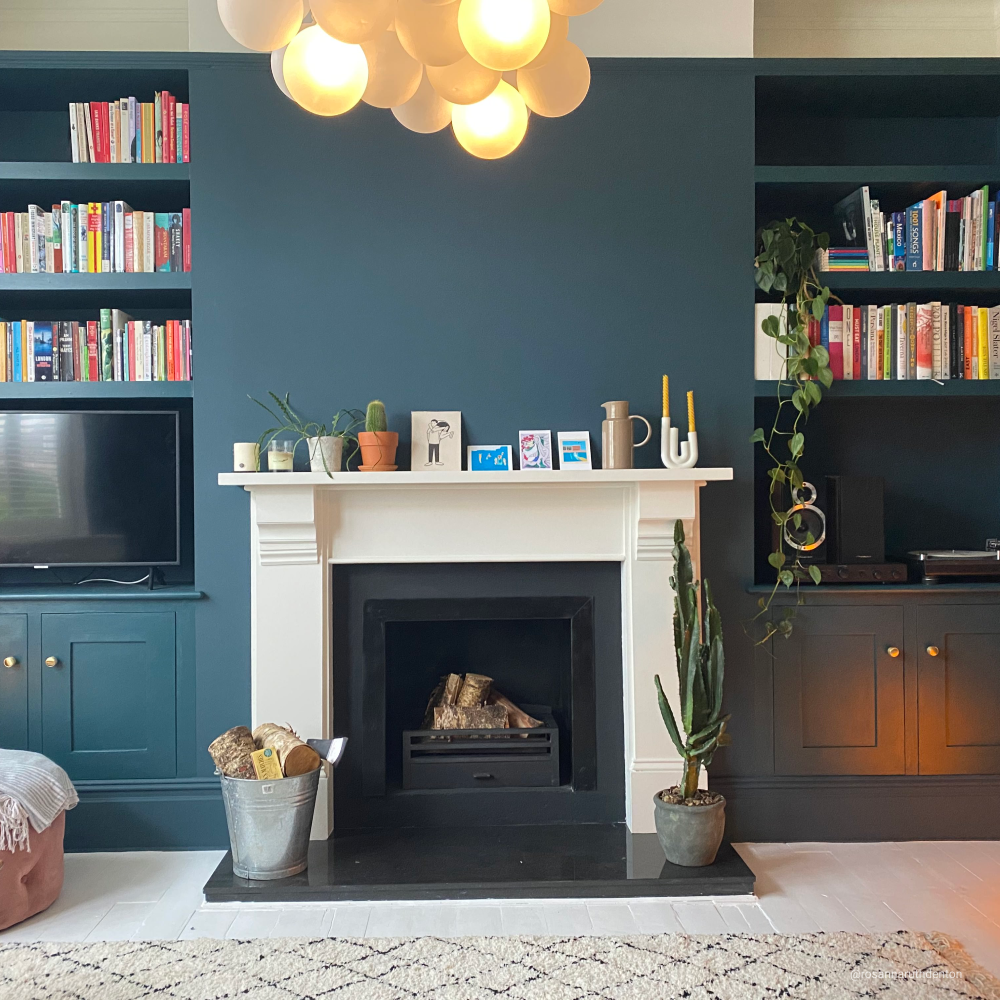
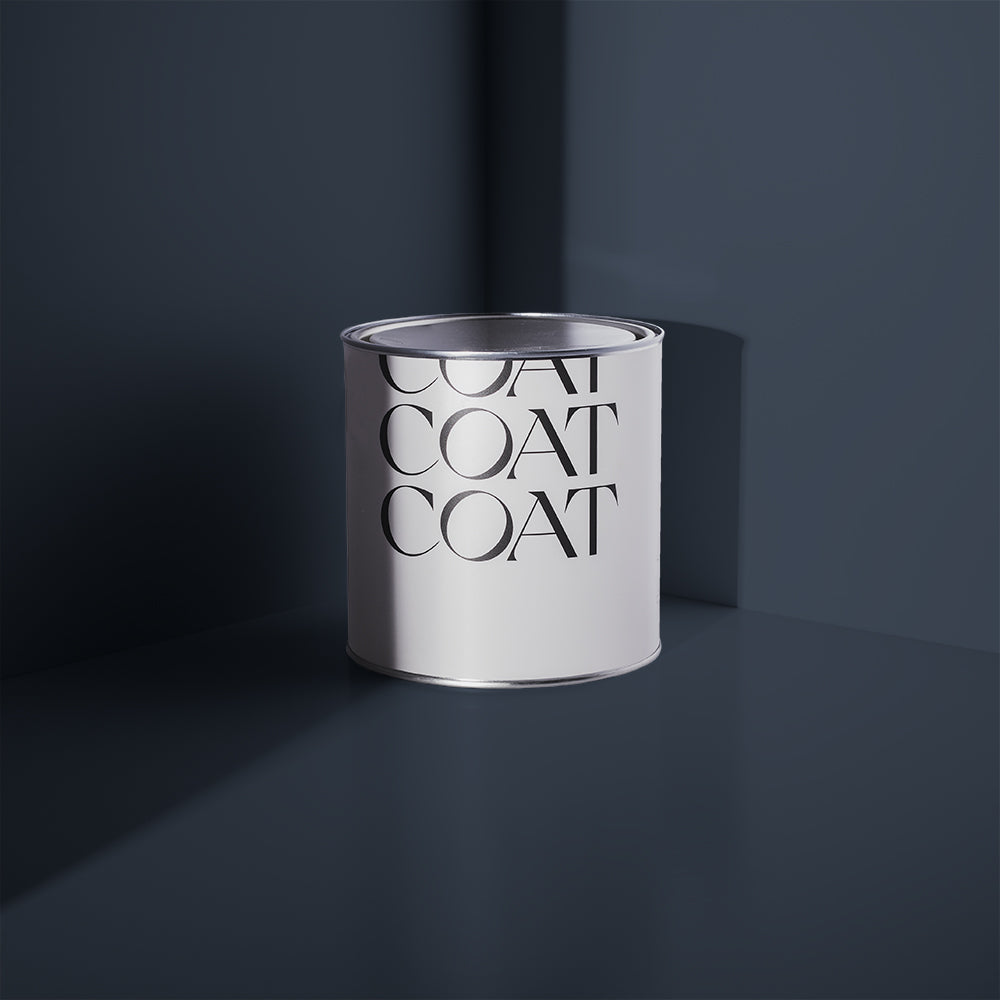
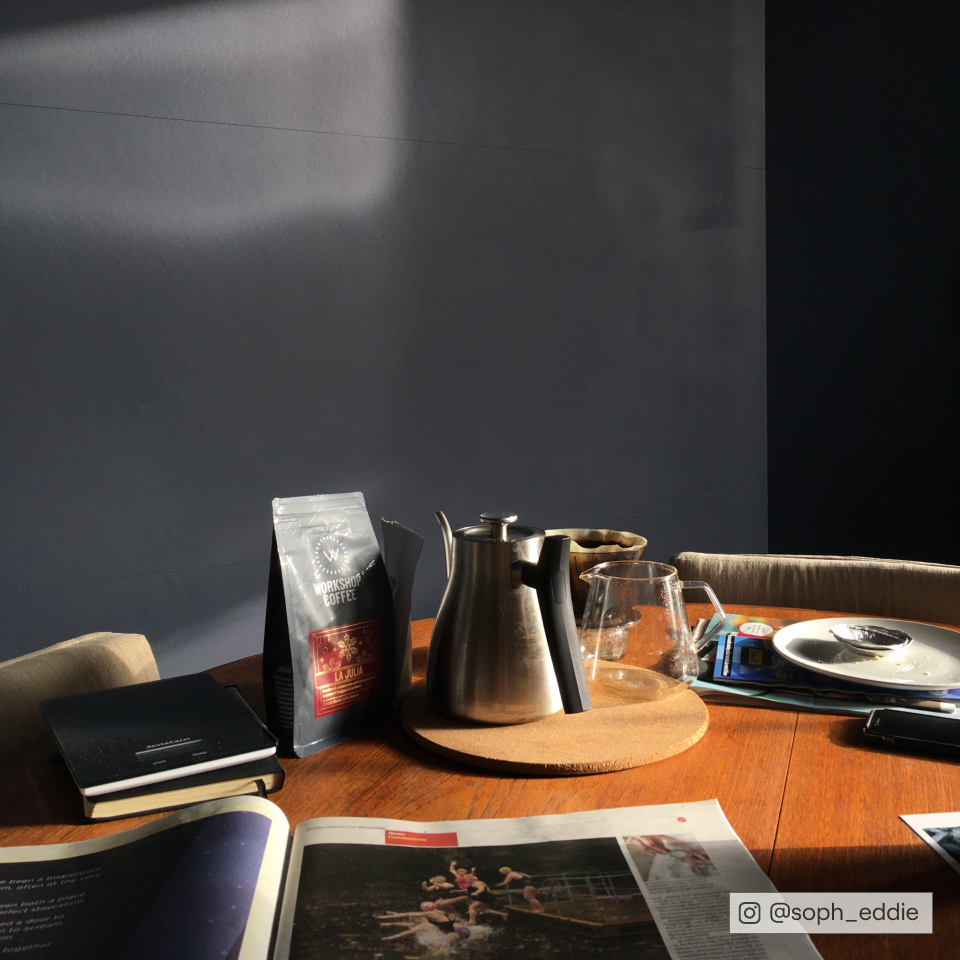
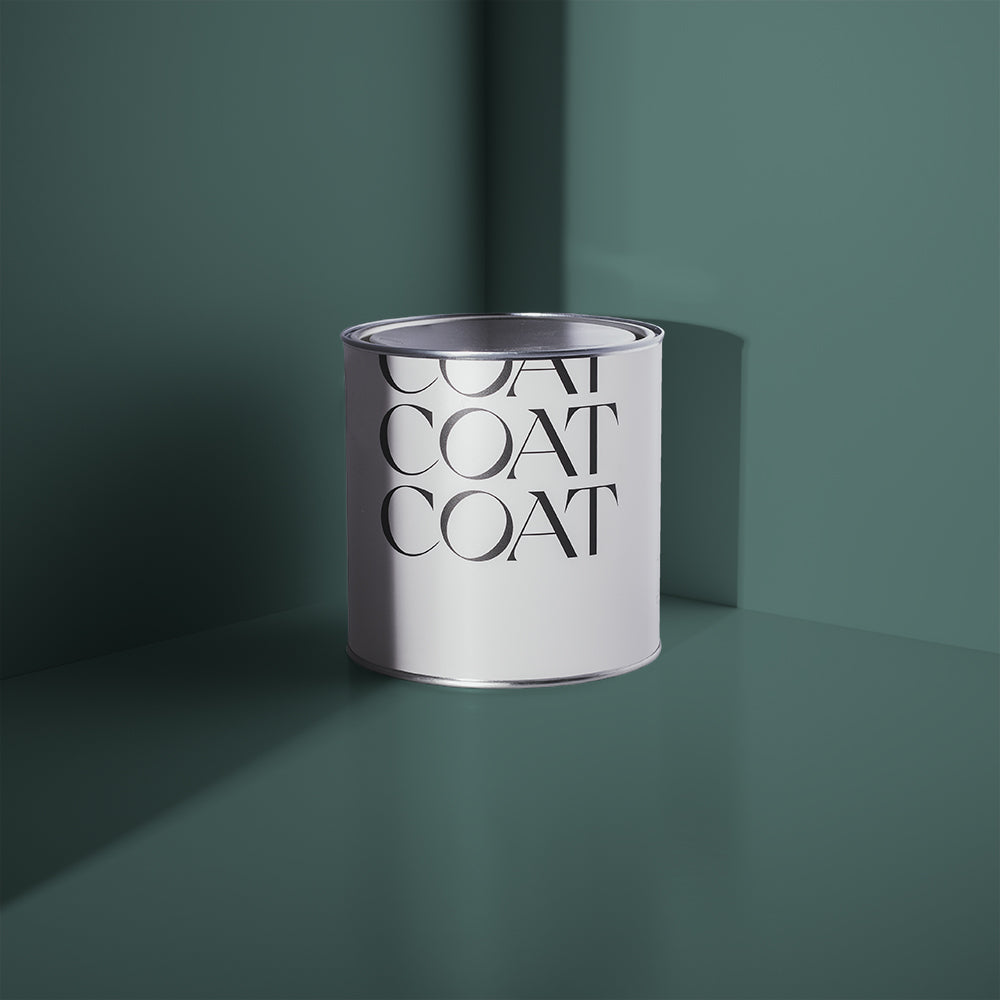
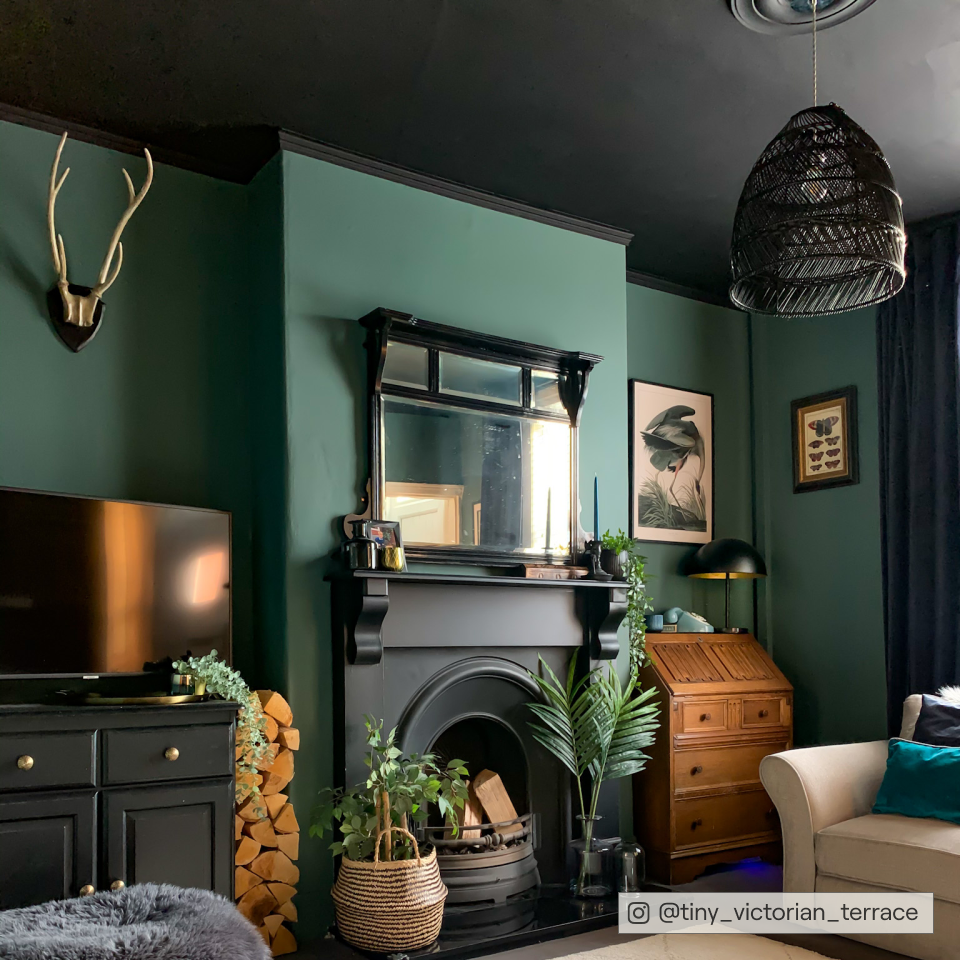
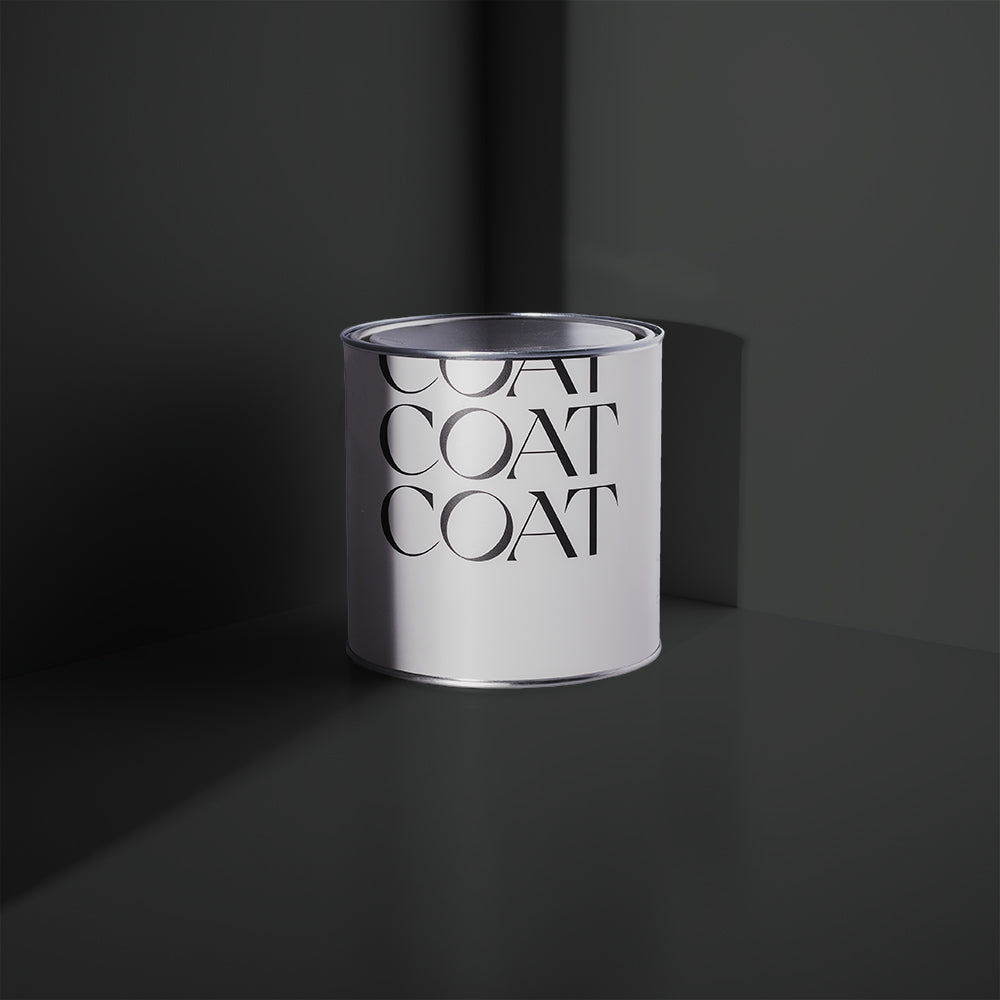
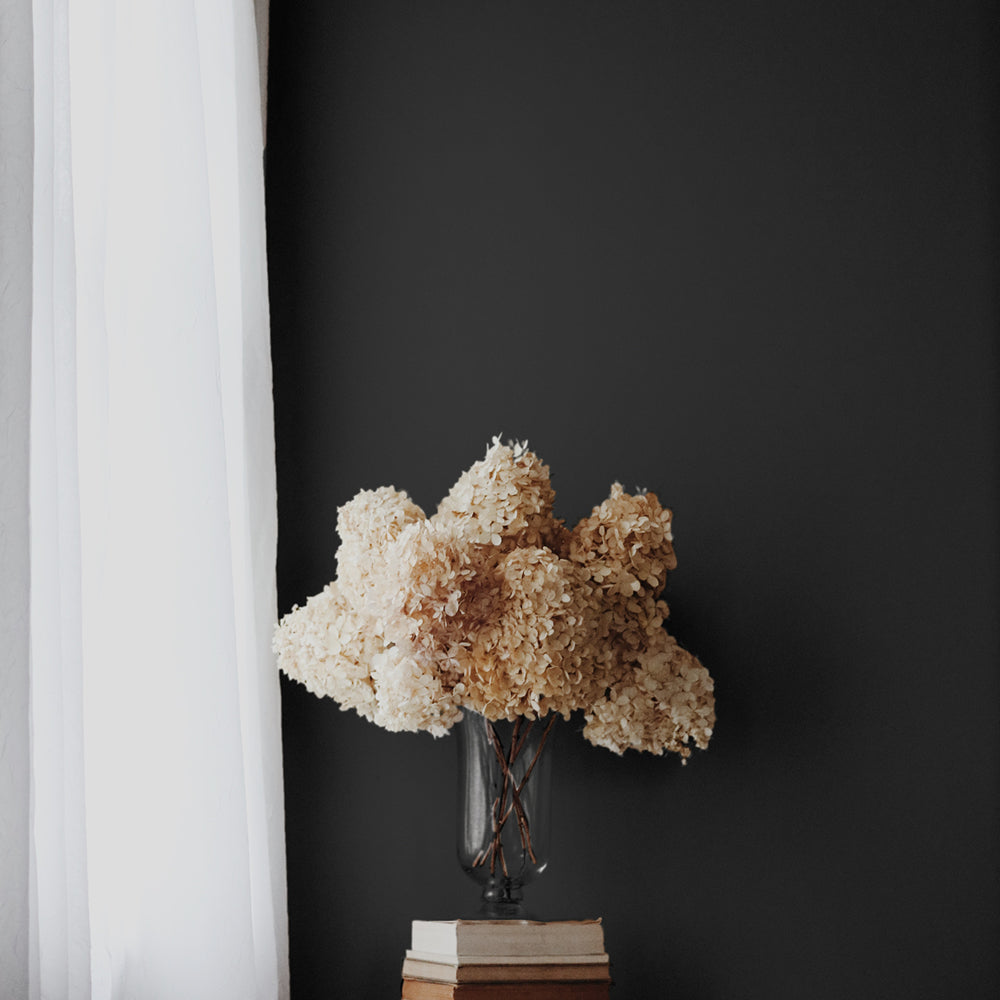

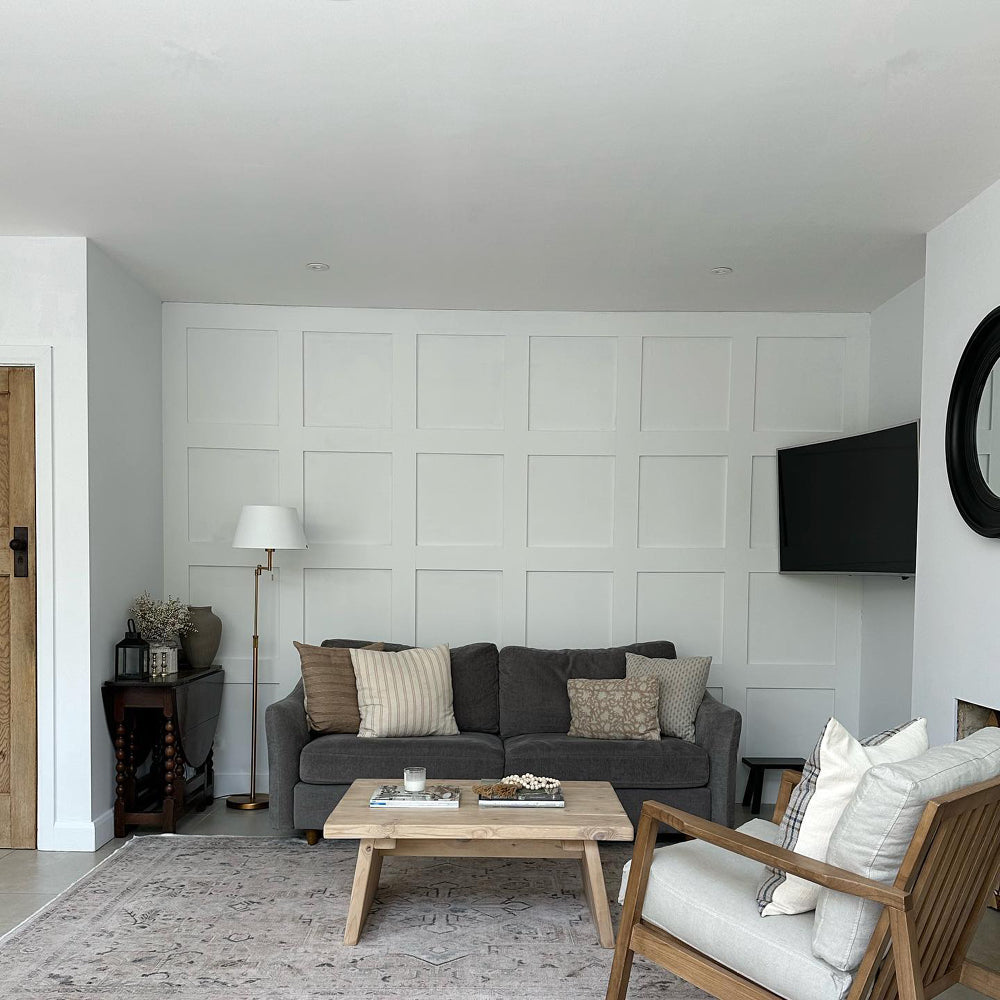
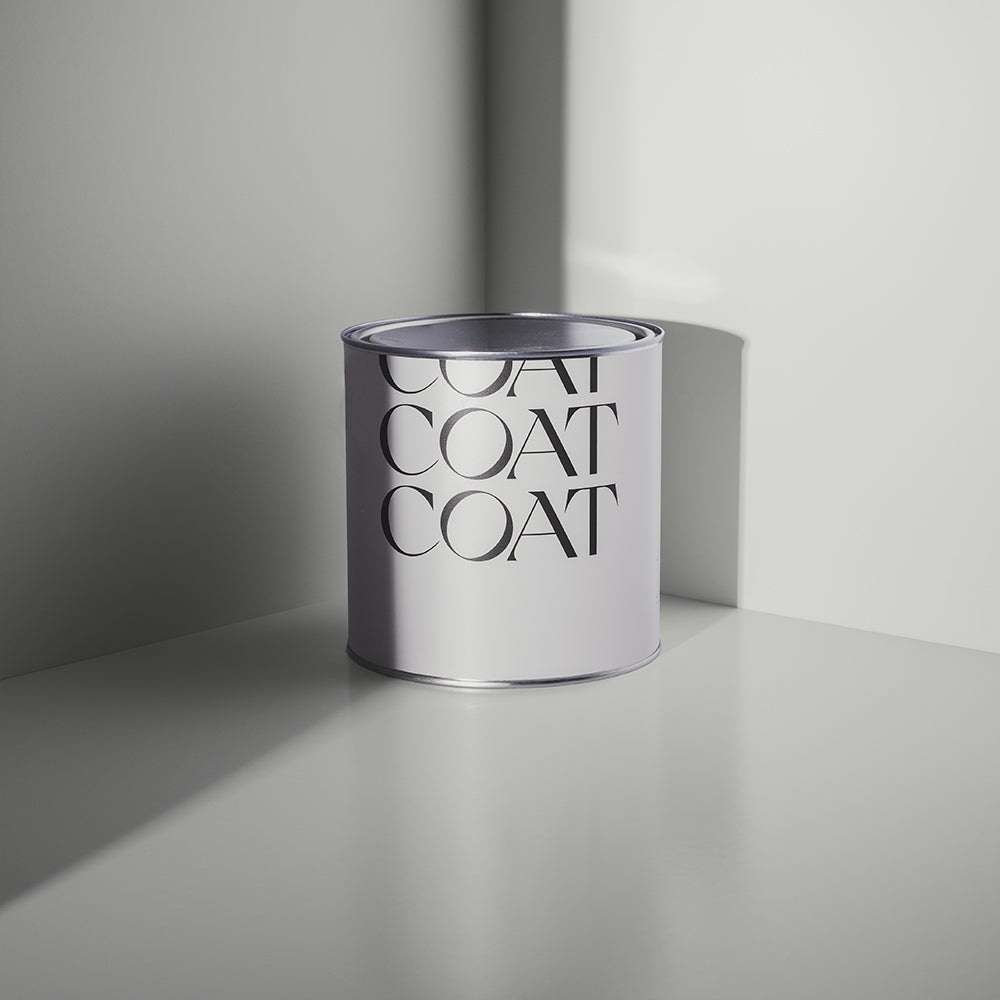
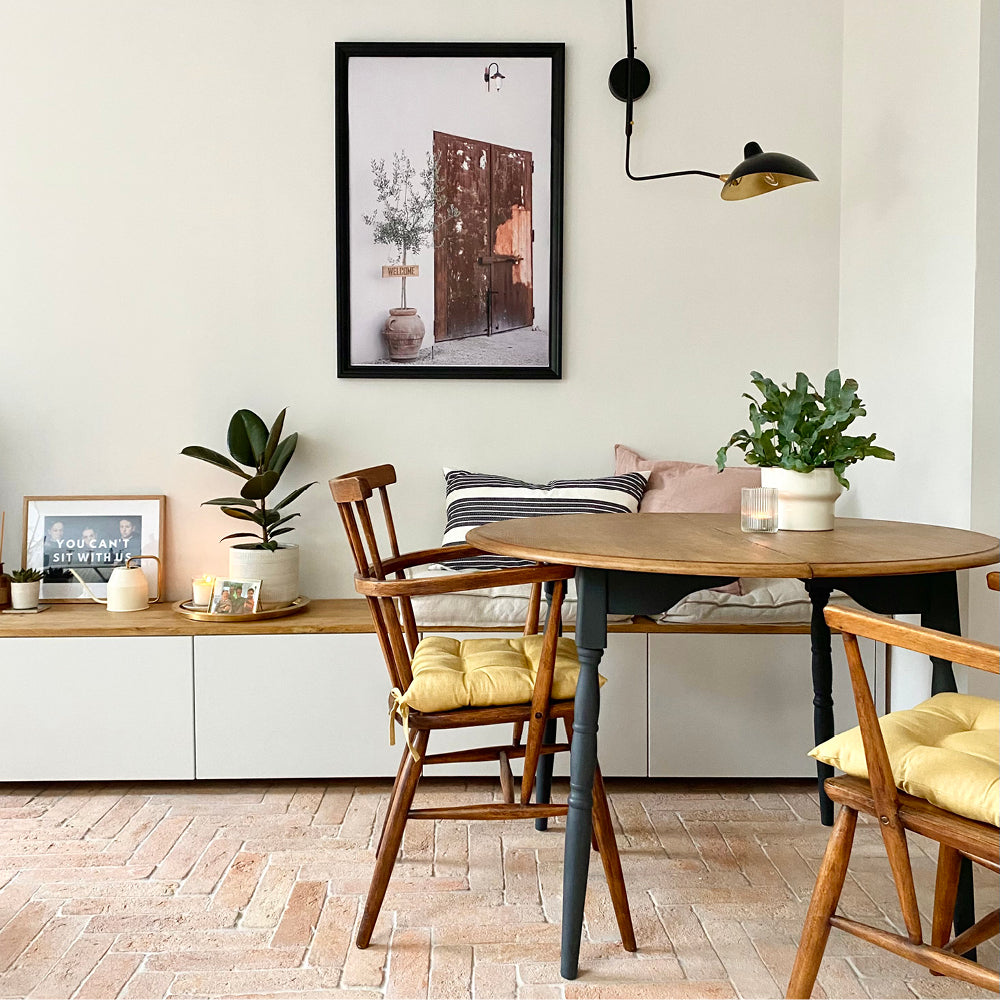
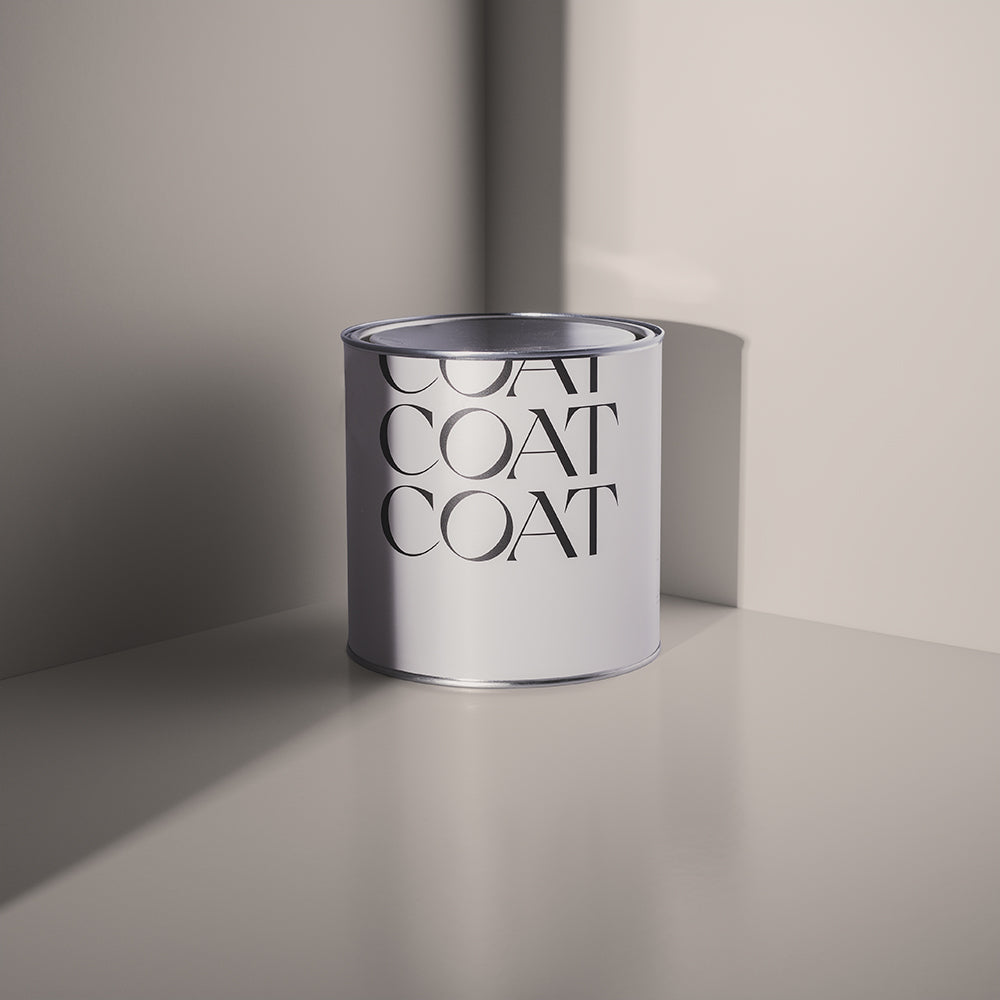
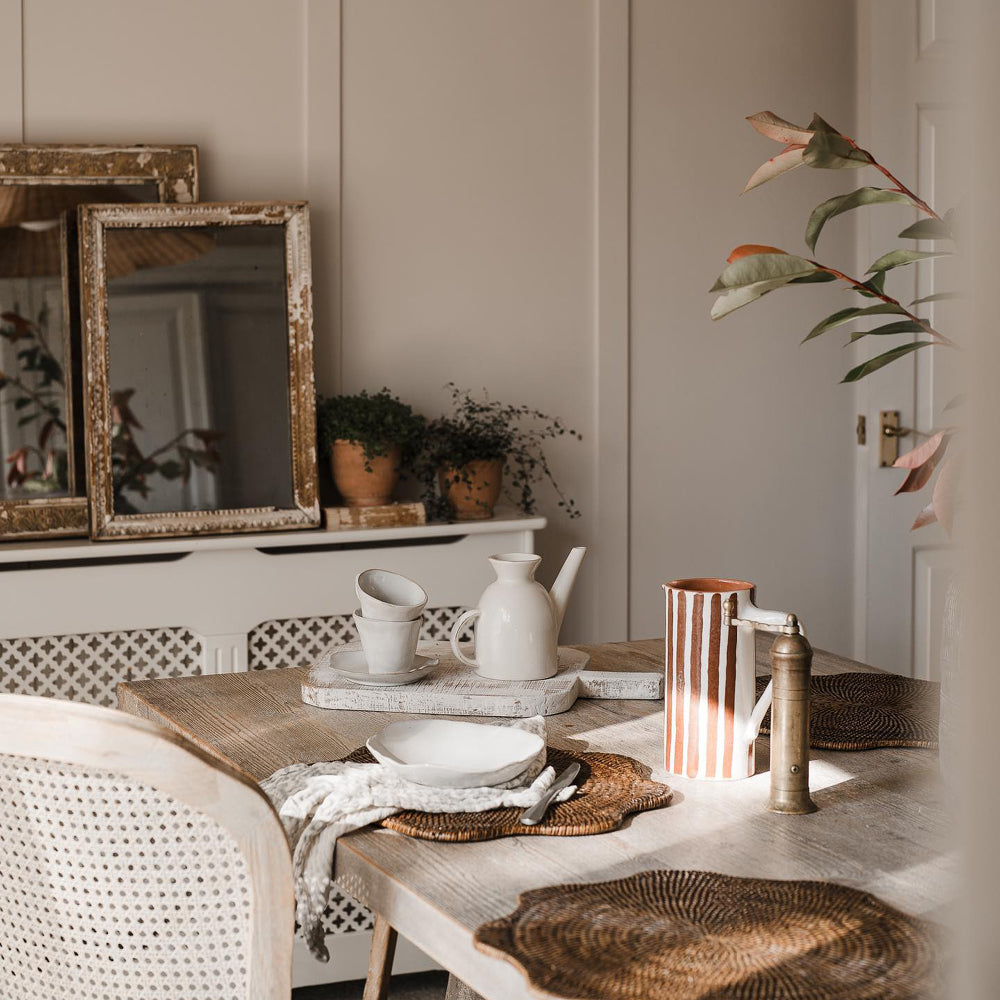


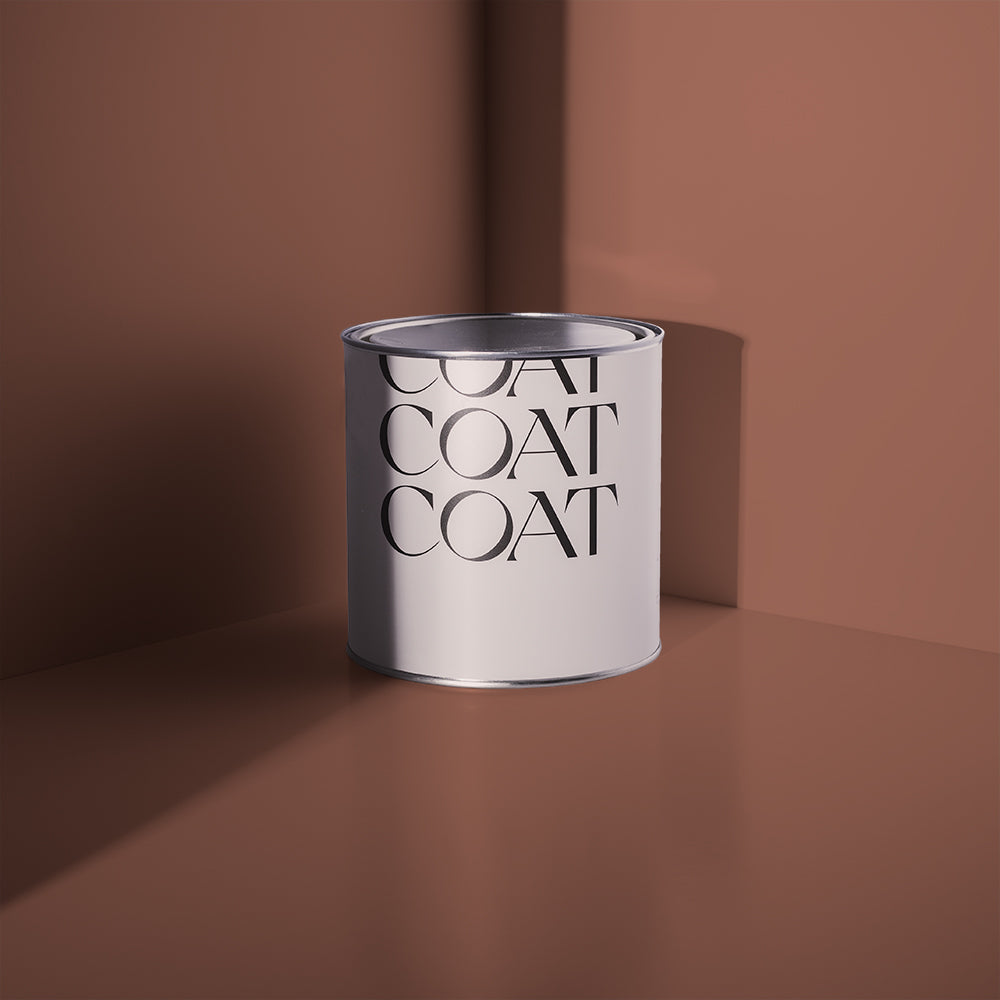

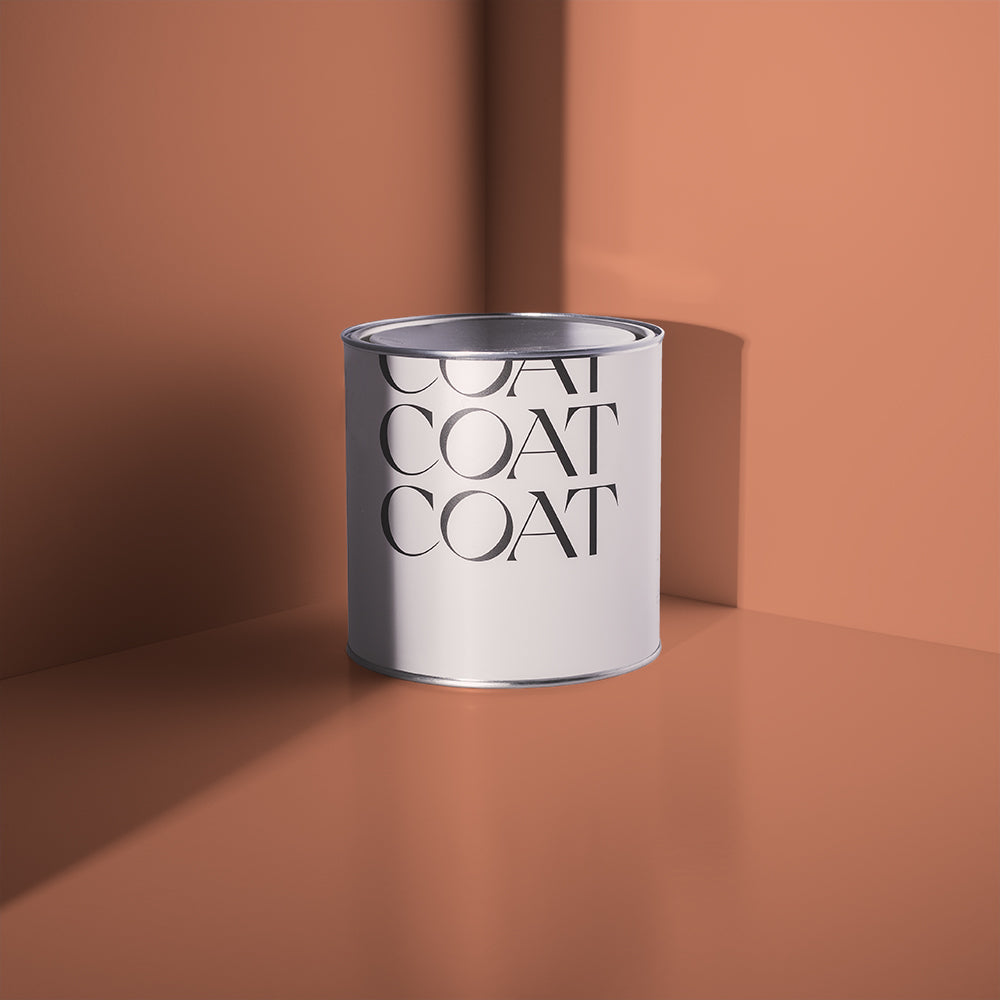
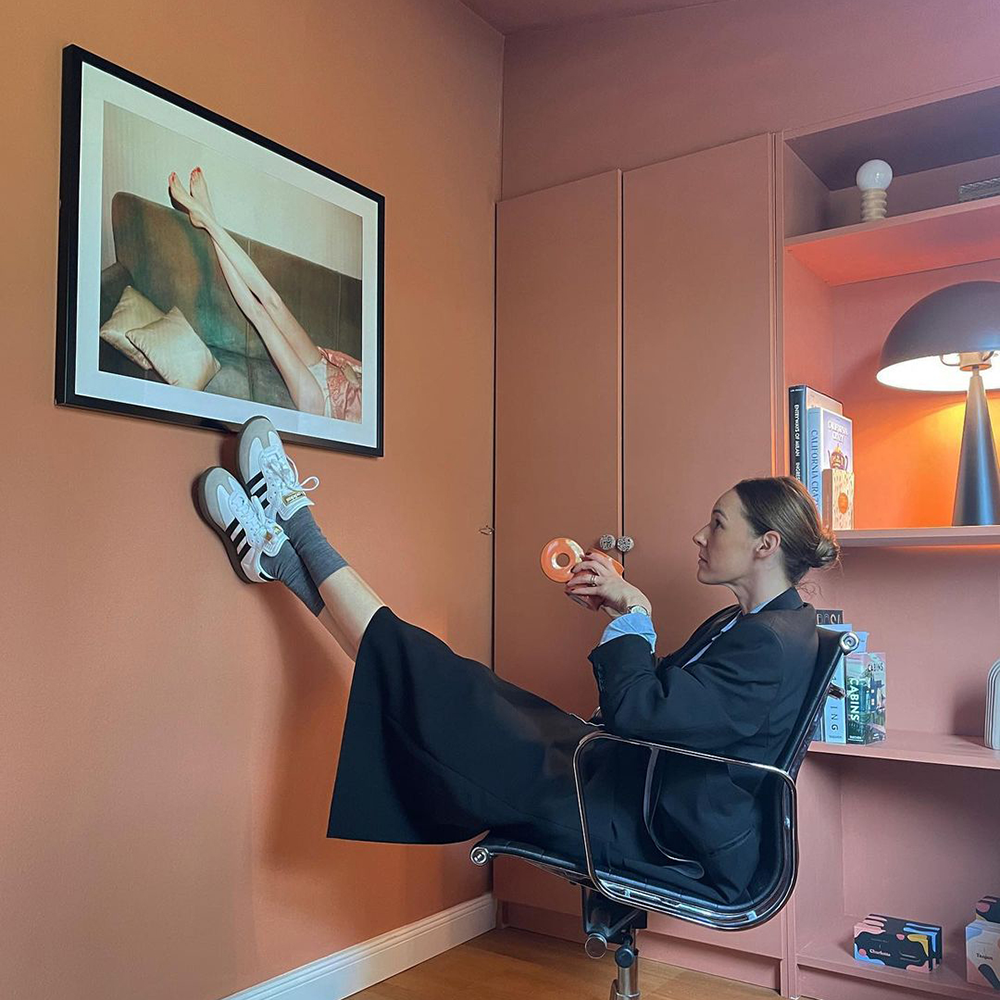

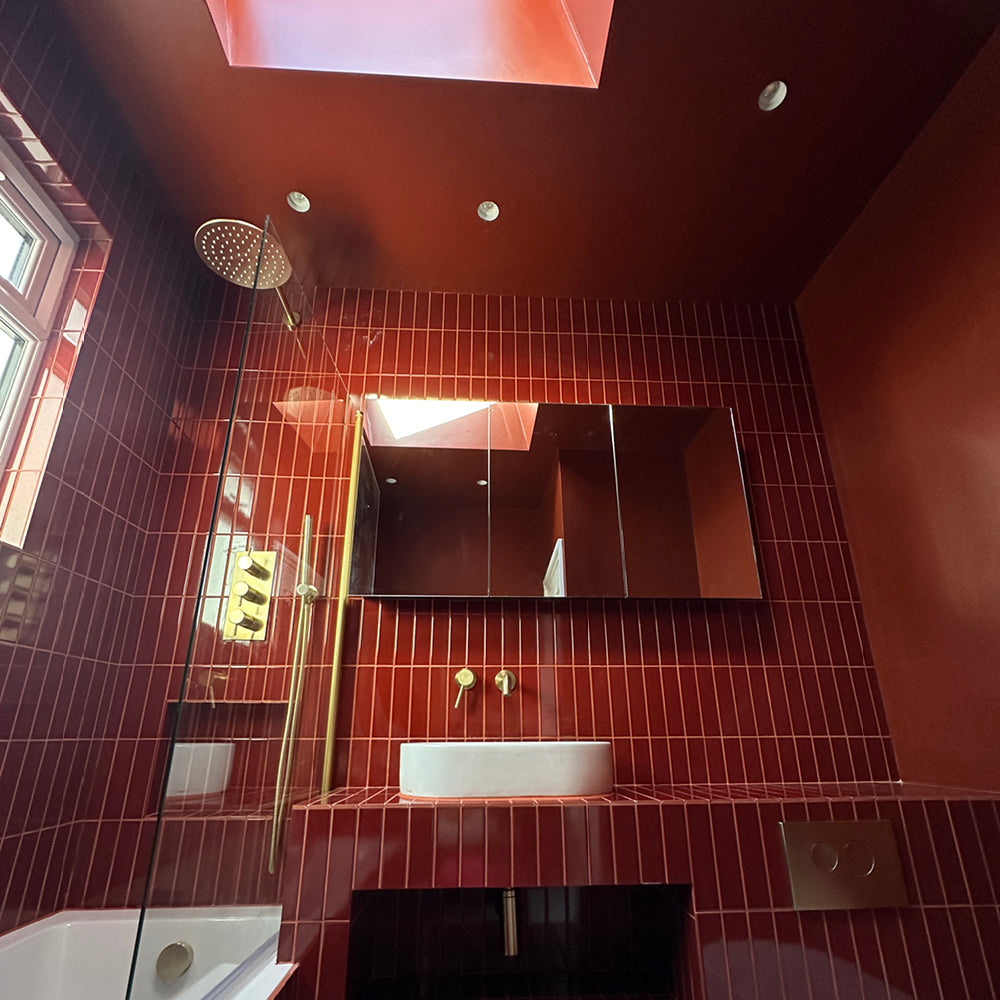




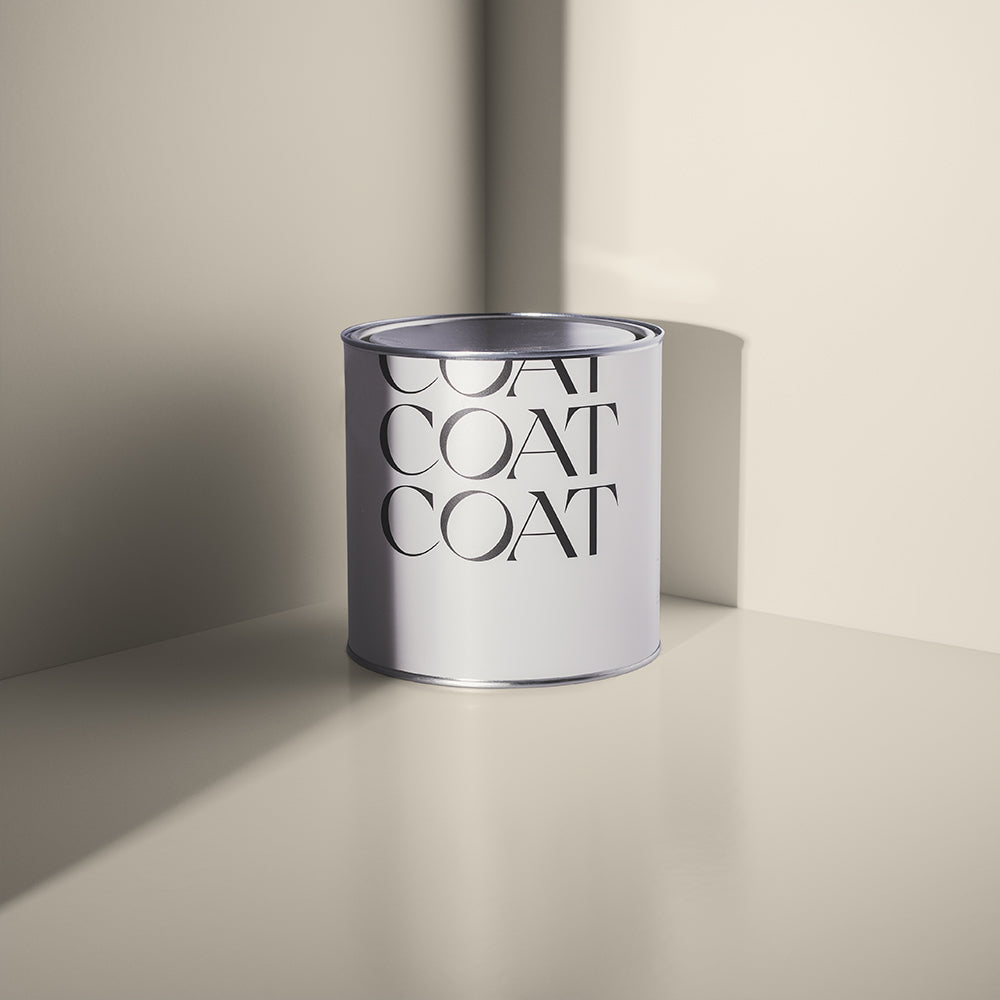

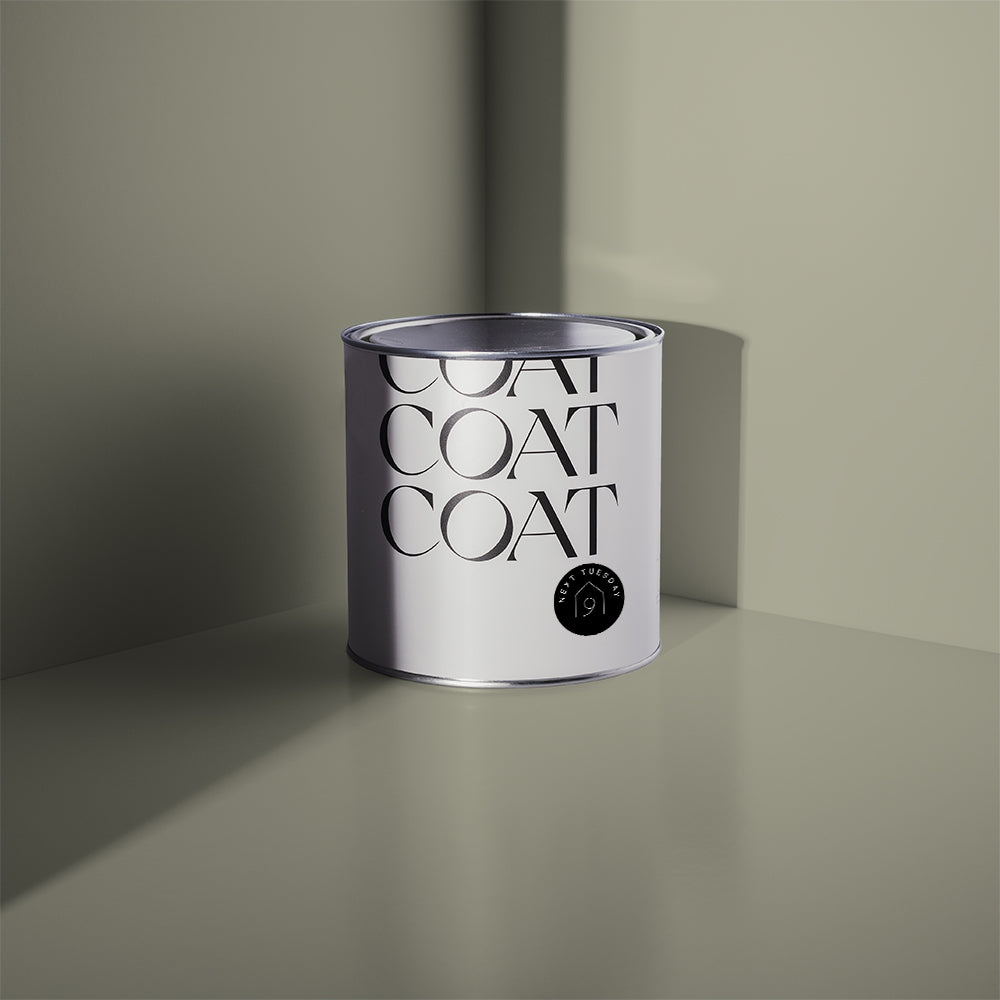
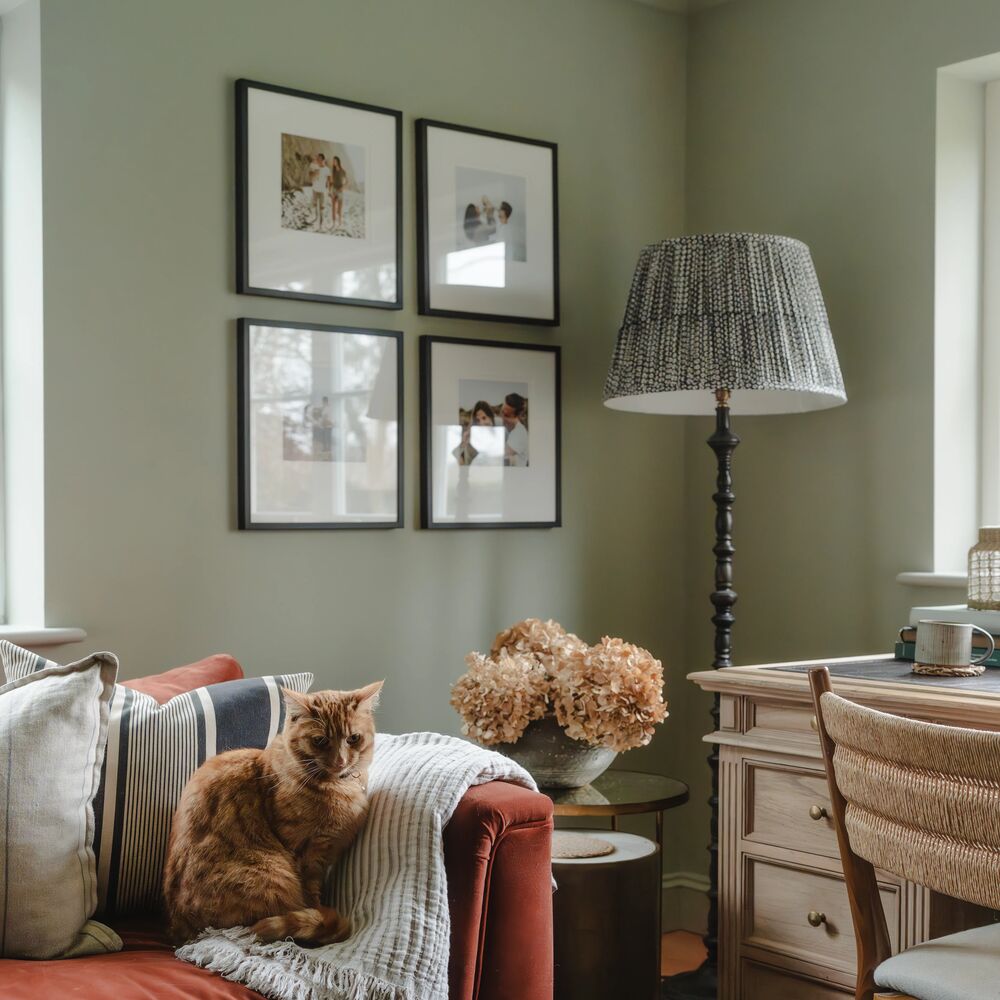

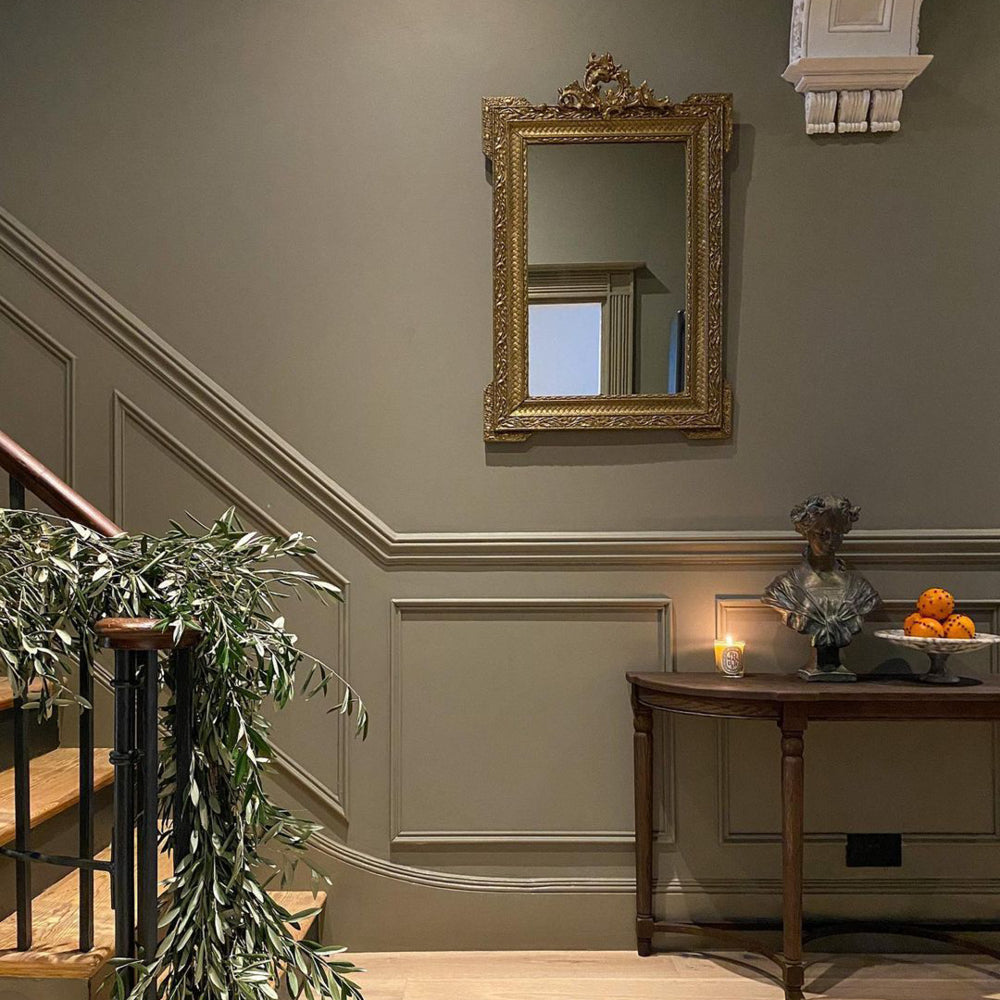

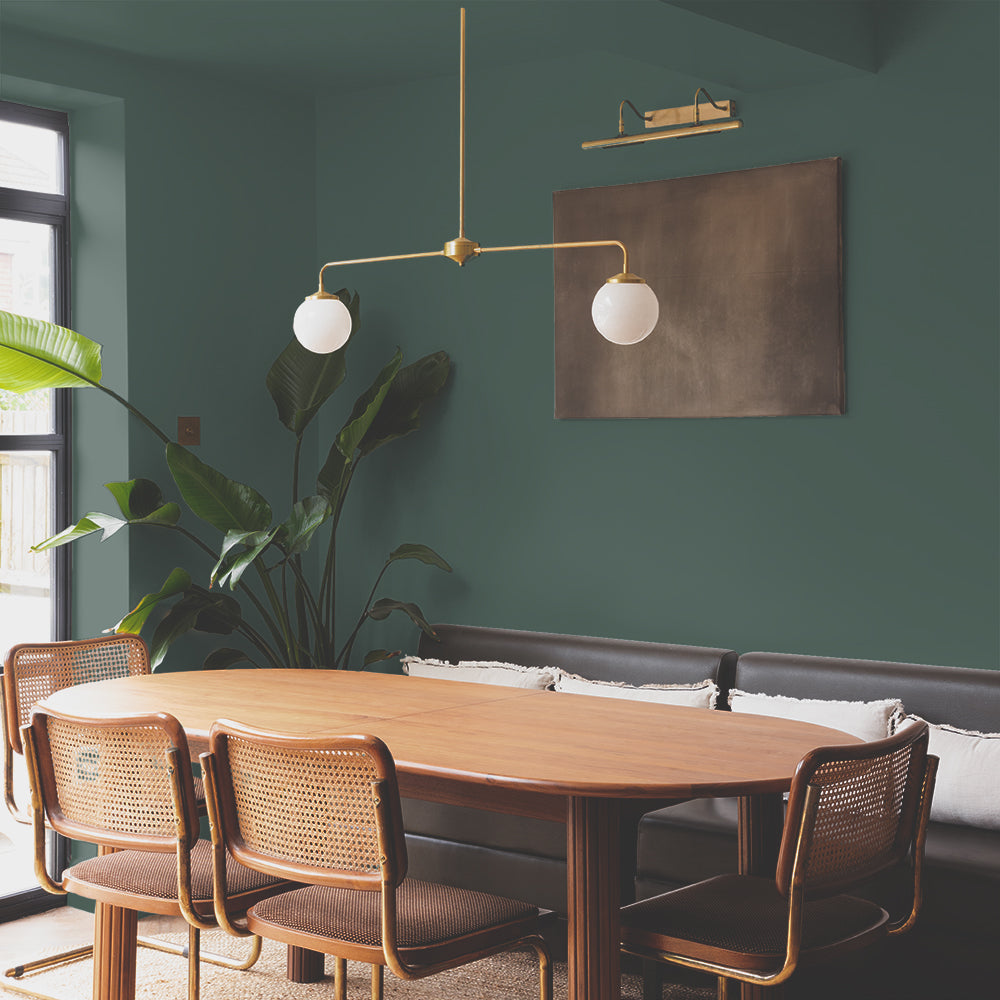


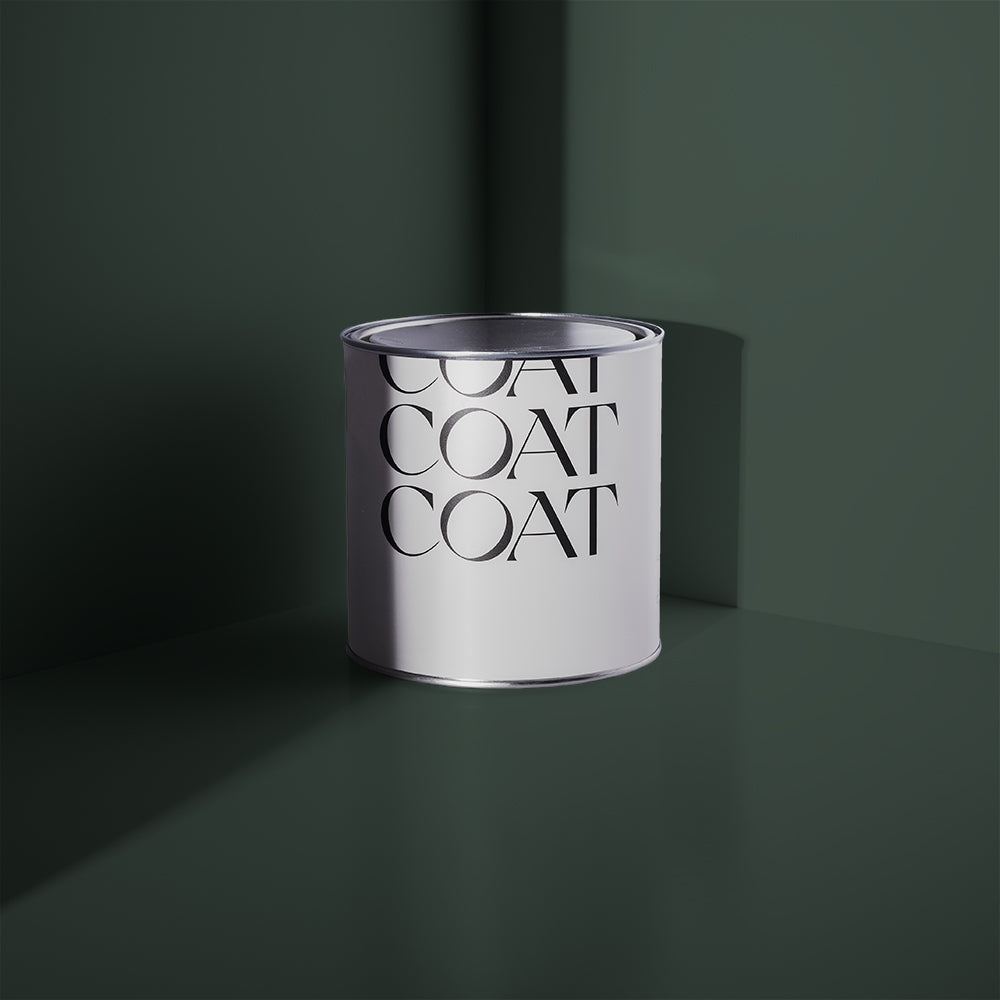
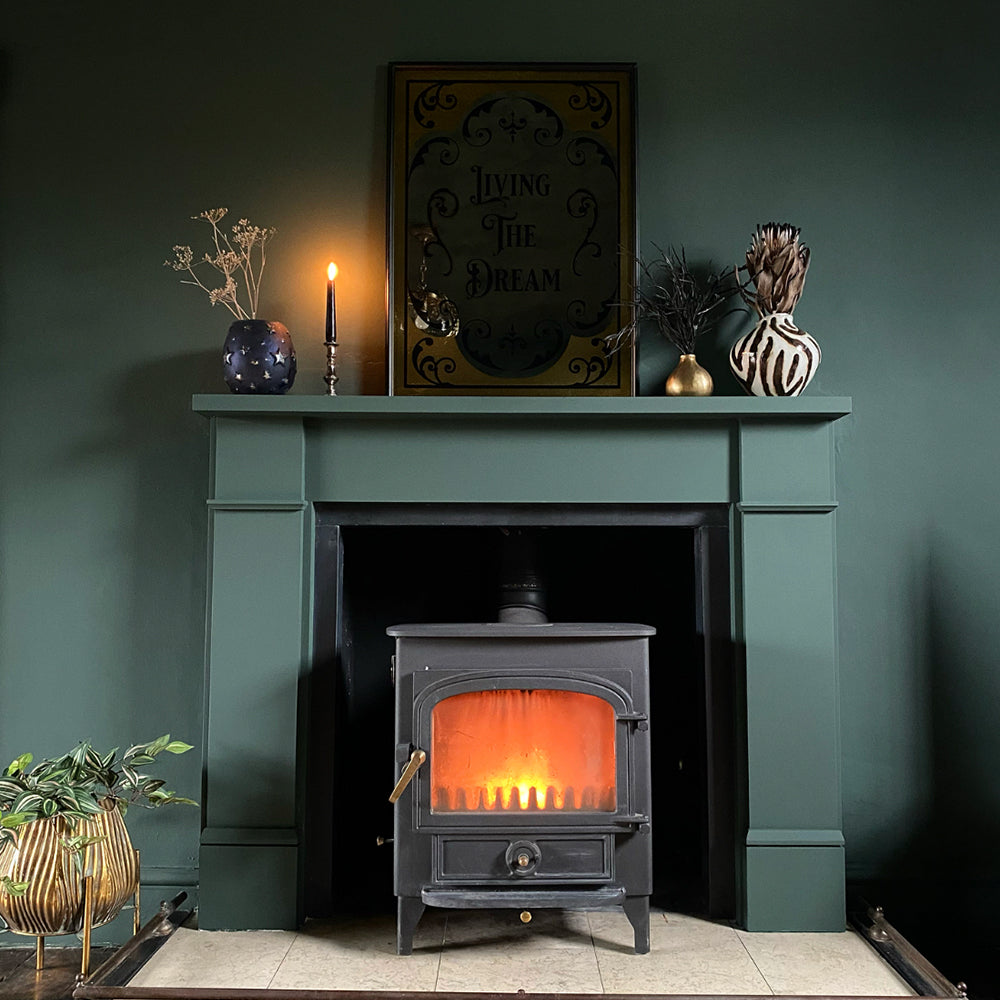



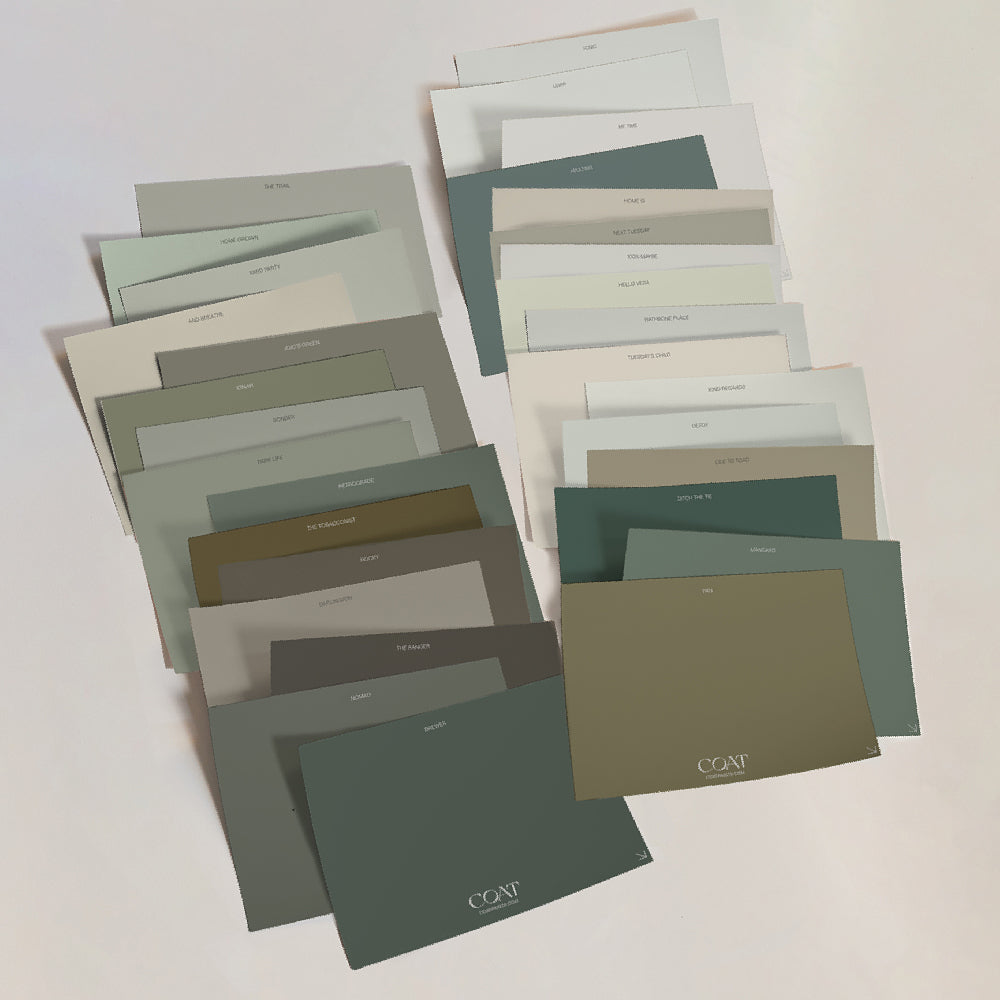

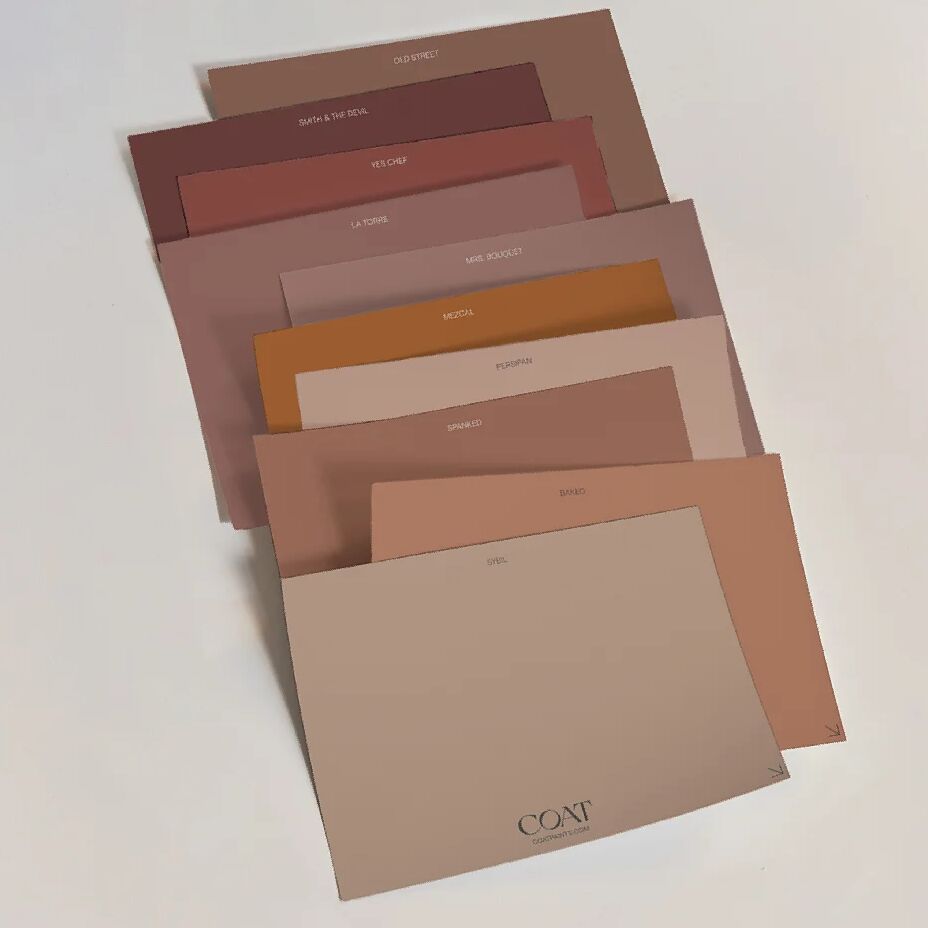

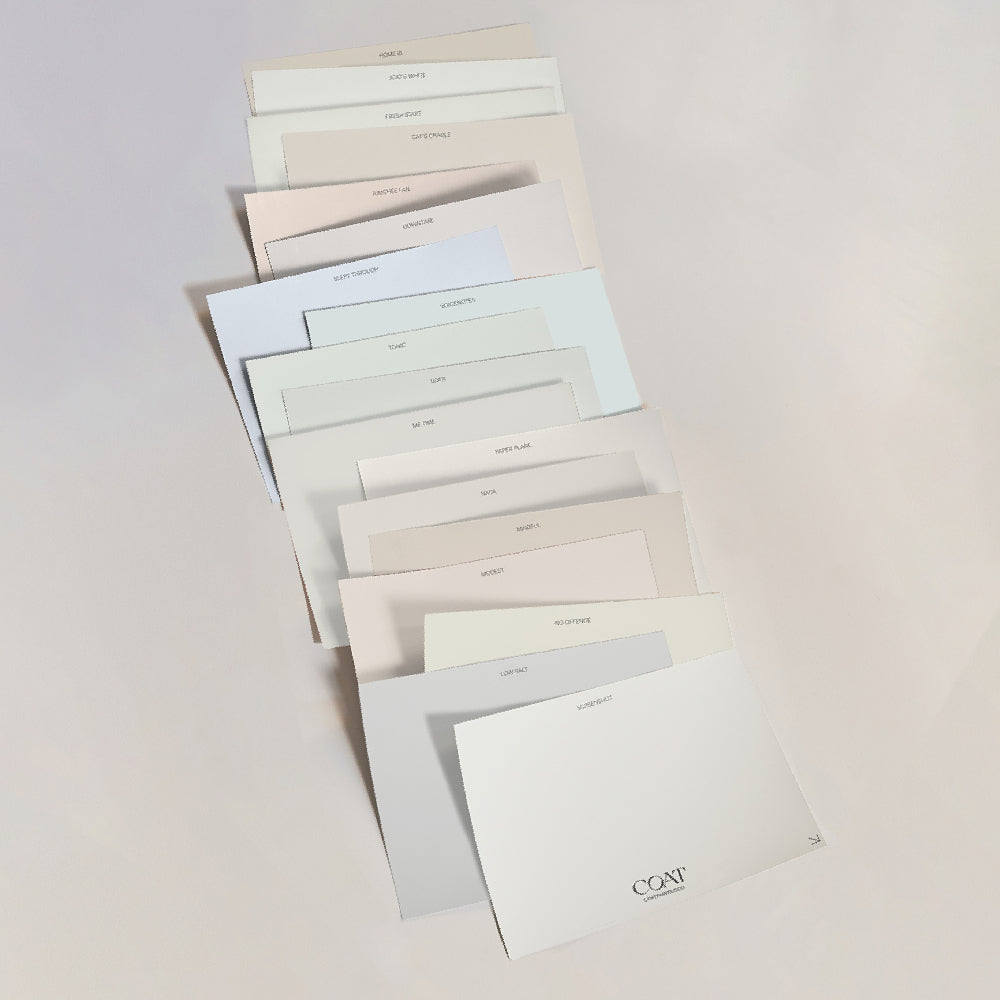
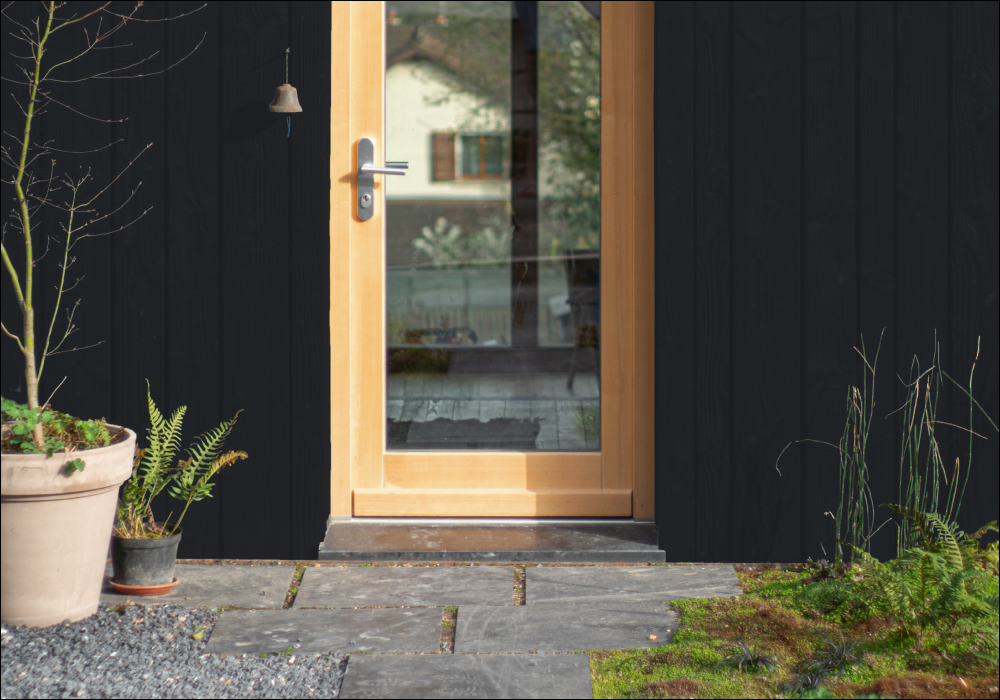
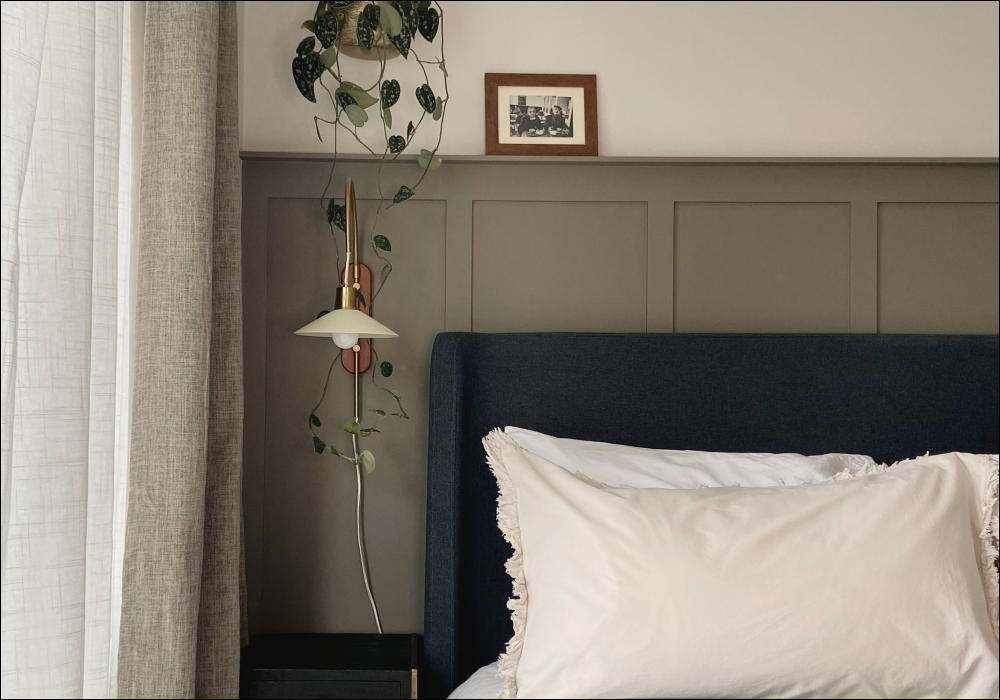
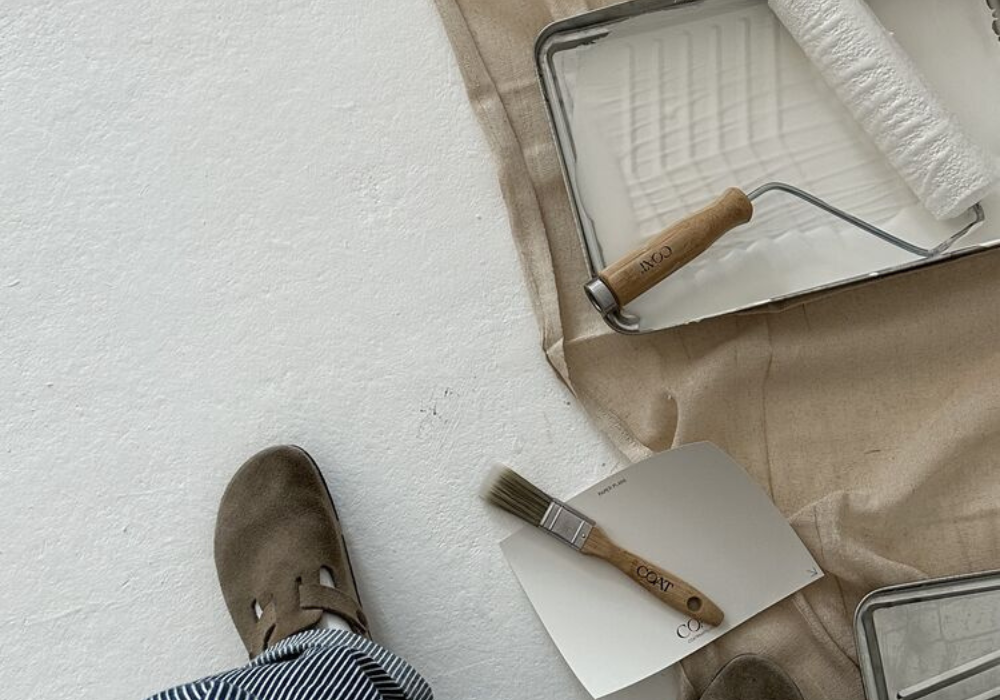
Leave a comment